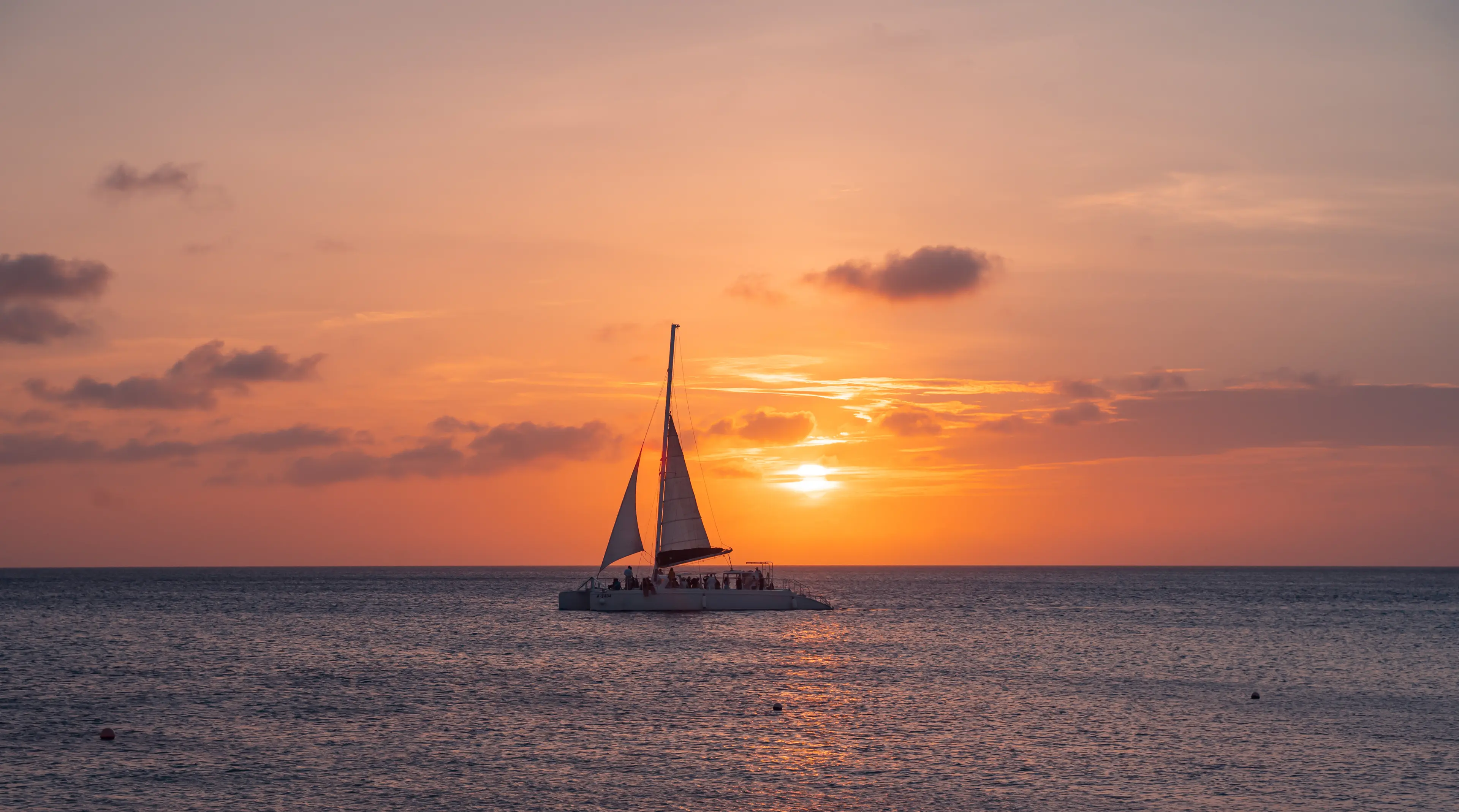5-Day Solo Adventure: Outdoor Activities & Sightseeing in Aruba
Aruba
5 days
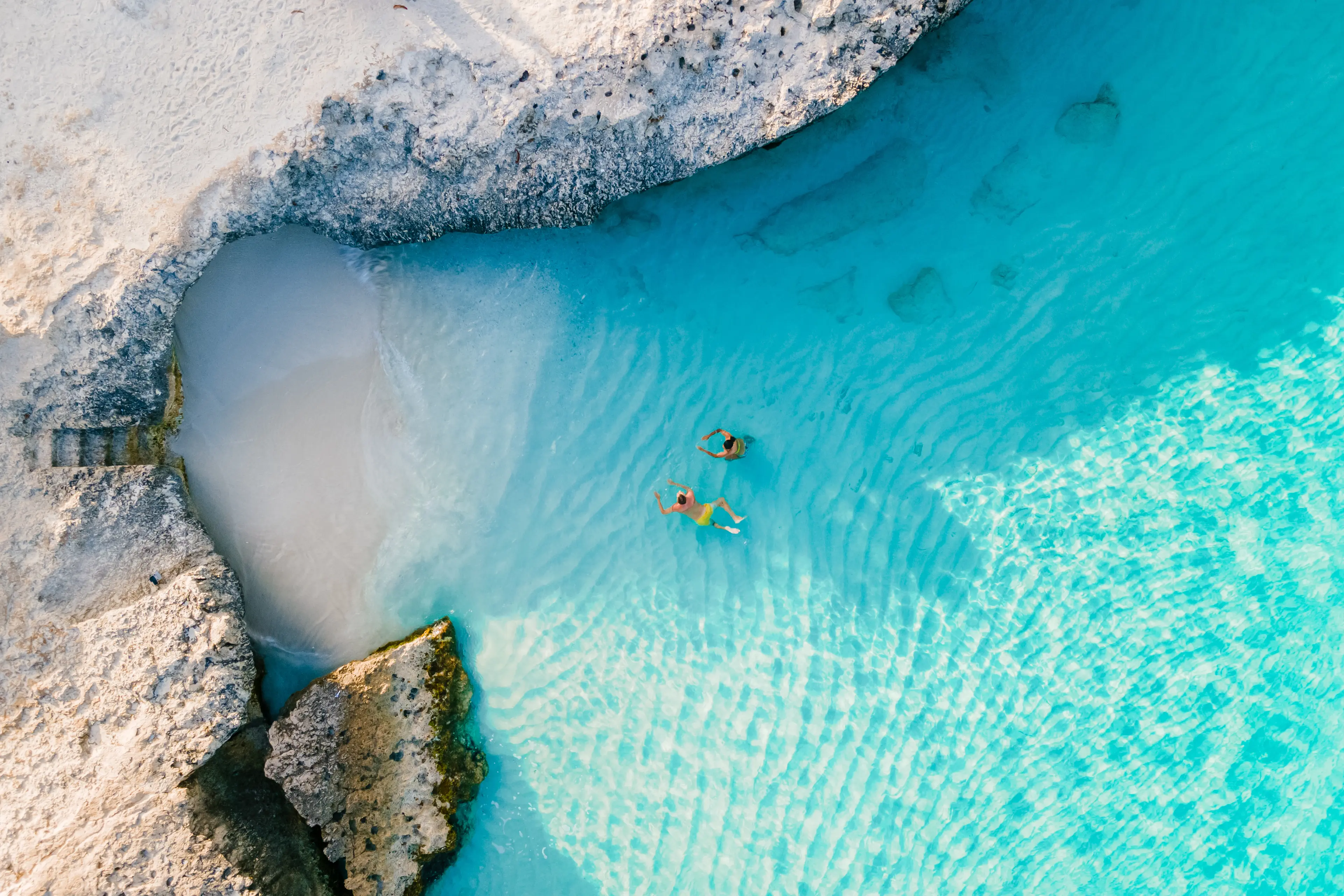

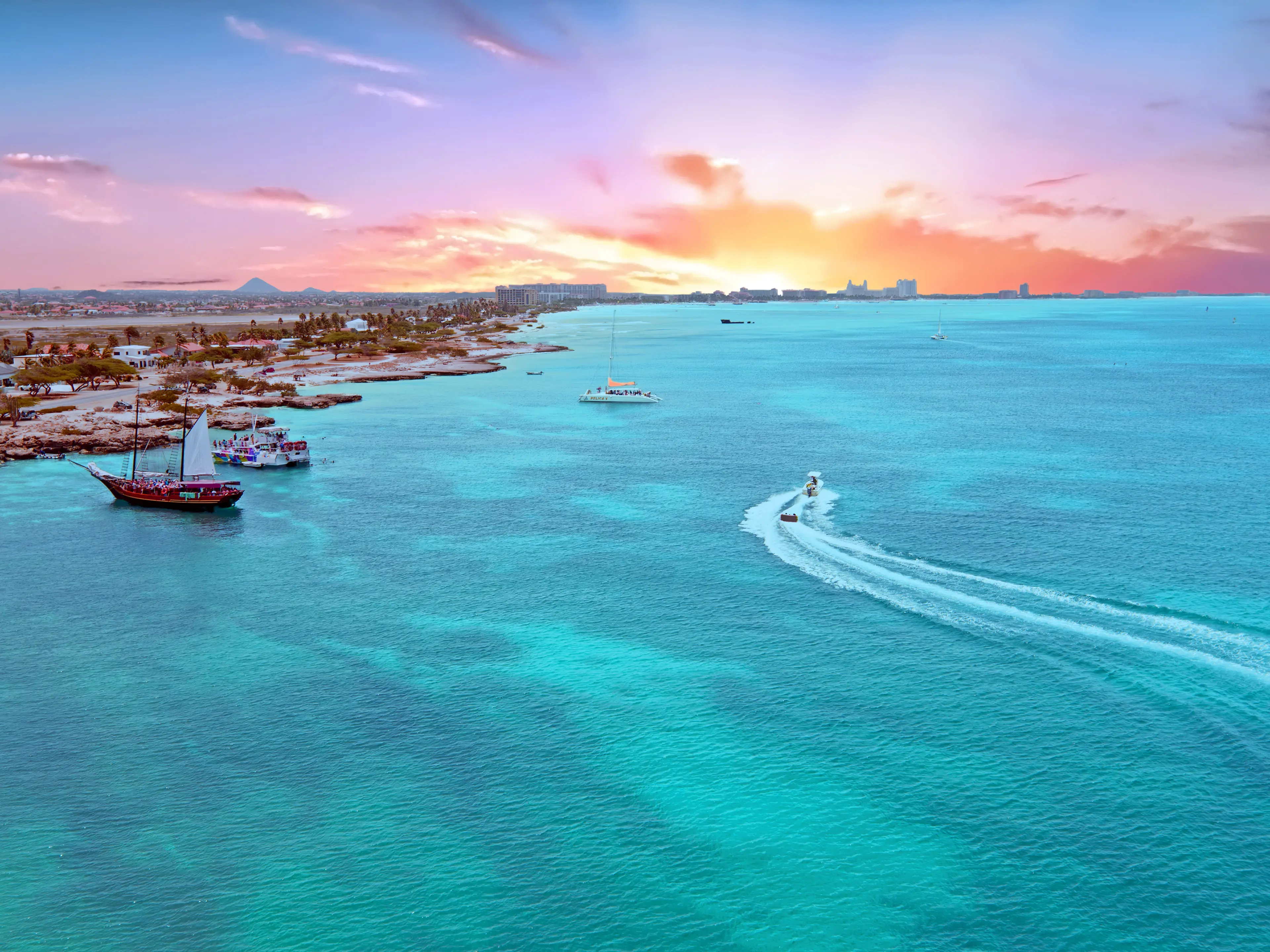

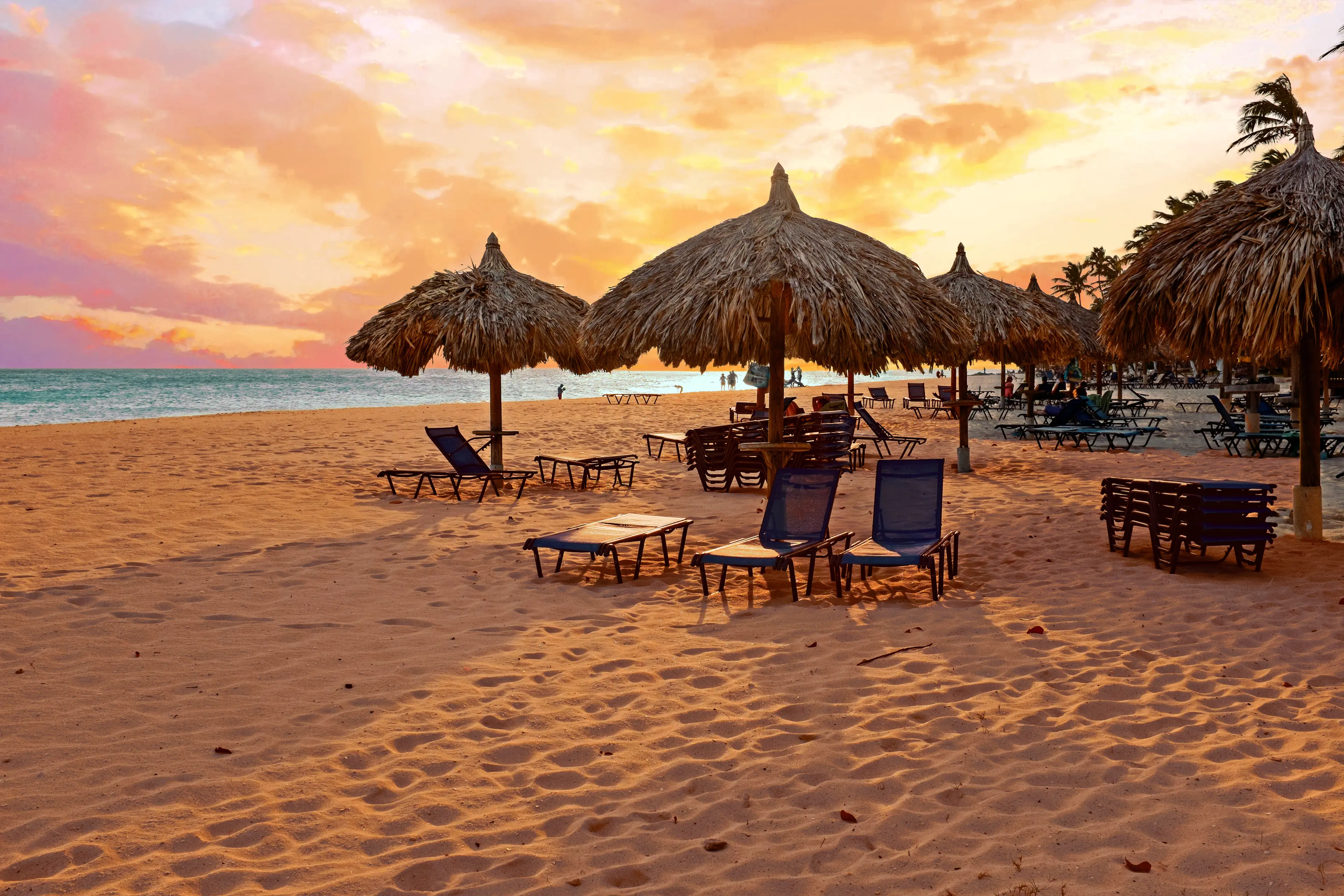
About Aruba
Aruba, a gem in the Caribbean, offers a unique blend of stunning beaches, vibrant nightlife, and rich history. This tropical paradise is renowned for its year-round sunshine, turquoise waters, and pristine white sands, particularly at Eagle Beach and Palm Beach. Explore the capital, Oranjestad, for its Dutch colonial architecture, shopping, and dining. Adventure seekers can venture into Arikok National Park's rugged landscape, home to indigenous wildlife and ancient cave paintings. Experience Aruba's vibrant culture through its music, dance, and local cuisine. Enjoy water sports, snorkeling, and diving among the island's abundant marine life. Aruba's warm, welcoming locals and safe environment make it an ideal destination for both families and solo travelers. Discover the 'One Happy Island' for an unforgettable Caribbean experience.
5-Day Itinerary
Day 2
Visiting California Lighthouse, Alto Vista Chapel, and Oranjestad
Morning
Start your day with a visit to the California Lighthouse. This iconic landmark offers panoramic views of the island.
Lunch
Have lunch at a local restaurant. Try some traditional Aruban dishes like Keshi Yena (stuffed cheese) or Pastechi (meat pastry).
Afternoon
Spend the afternoon exploring the Alto Vista Chapel and its surrounding area. This small Catholic chapel is located on a hill and offers stunning views of the sea.
Dinner
Enjoy dinner at a restaurant in Oranjestad. The city offers a wide range of dining options, from upscale restaurants to casual eateries.
Evening
Take a leisurely stroll around Oranjestad. The city is beautifully lit up at night and offers a vibrant nightlife scene.
Day 3
Butterfly Farm, Eagle Beach, and Bon Bini Festival
Morning
Start your day with a visit to the Butterfly Farm. This tropical garden is home to hundreds of exotic butterflies from around the world.
Lunch
Have lunch at a beachfront restaurant. Enjoy the beautiful views while savoring your meal.
Afternoon
Spend the afternoon at Eagle Beach. This is one of the most beautiful beaches in Aruba and is perfect for swimming, sunbathing, or just relaxing.
Dinner
Have dinner at a restaurant in Oranjestad. Try some local dishes like Bami (noodles) or Piska Cora (fish soup).
Evening
End your day with a visit to the Bon Bini Festival. This weekly event features traditional music, dance, and food.
Day 4
Aruba Aloe Factory, Casibari Rock Formations, and Palm Beach
Morning
Start your day with a visit to the Aruba Aloe Factory. Learn about the aloe vera plant and its uses, and buy some aloe products to take home.
Lunch
Have lunch at a local restaurant. Try some traditional Aruban dishes like Keri Keri (fish stew) or Pan Bati (Aruban bread).
Afternoon
Spend the afternoon exploring the Casibari Rock Formations. These unique rock formations offer great photo opportunities.
Dinner
Enjoy dinner at a beachfront restaurant. Try some fresh seafood or a traditional Aruban dish.
Evening
End your day with a relaxing walk along Palm Beach. The sunset views here are spectacular.
Day 5
Aruba Ostrich Farm, Baby Beach, and San Nicolas
Morning
Start your day with a visit to the Aruba Ostrich Farm. Learn about these fascinating birds and even get a chance to feed them.
Lunch
Have lunch at a local restaurant. Try some traditional Aruban dishes like Stoba (stew) or Funchi (cornmeal mush).
Afternoon
Spend the afternoon at Baby Beach. This beautiful beach is perfect for swimming and snorkeling.
Dinner
Have dinner at a beachfront restaurant. Enjoy the beautiful views while savoring your meal.
Evening
End your day with a relaxing walk along the beach. The sunset views here are spectacular.
Attractions in Itinerary (11)

1Arikok National Park
A national park covering almost 20% of Aruba, featuring unique flora and fauna, caves, and hiking trails.
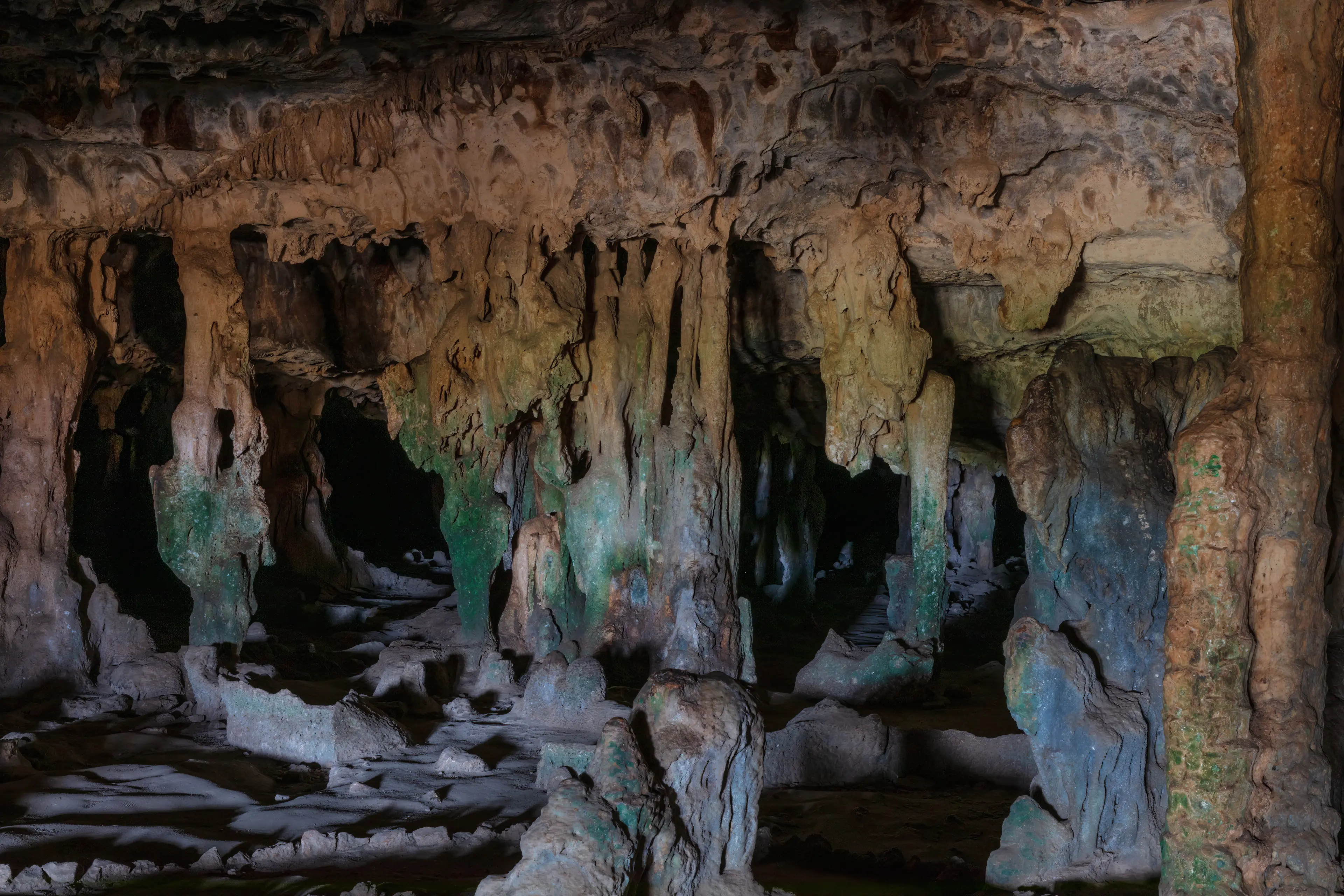
2Fontein Cave
A historical cave with ancient Arawak Indian drawings.
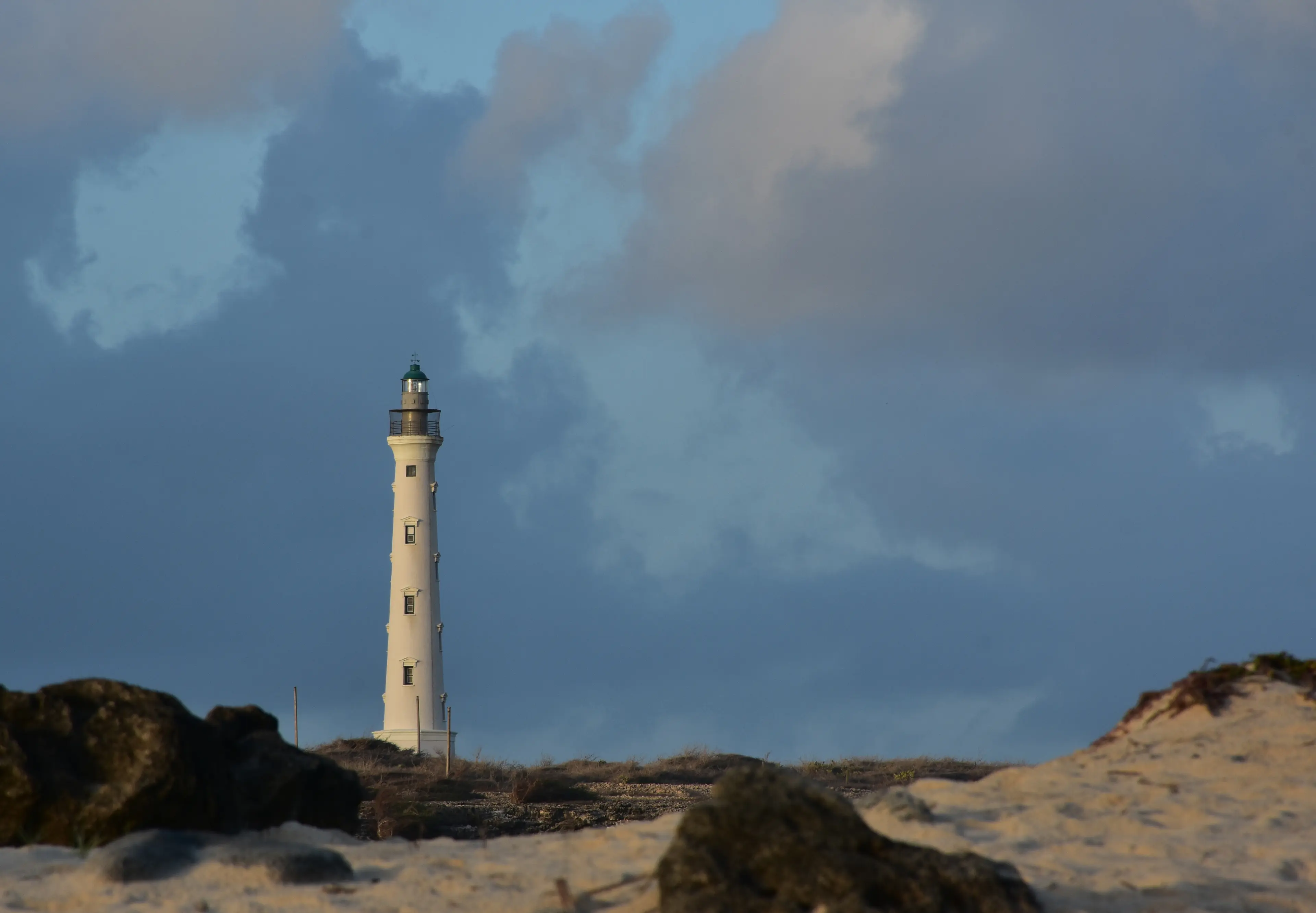
3California Lighthouse
Iconic lighthouse offering panoramic views of the island. Named after the S.S. California, which sunk nearby.

4Alto Vista Chapel
A small Catholic chapel also known as 'Pilgrims Church' that stands on the hills above the north shore of the sea.
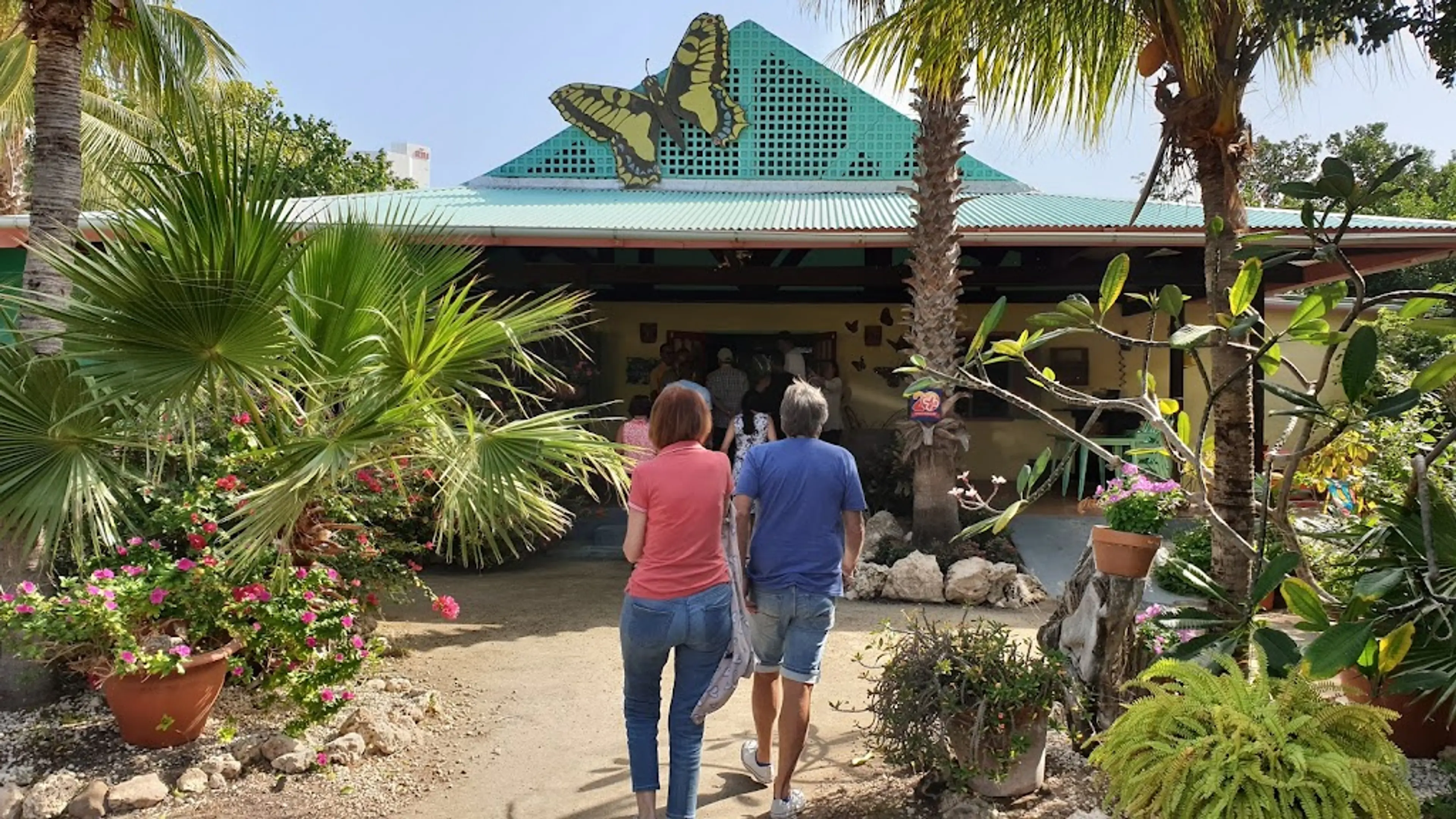
5Butterfly Farm
A tropical garden teeming with butterflies from around the world, offering guided tours.
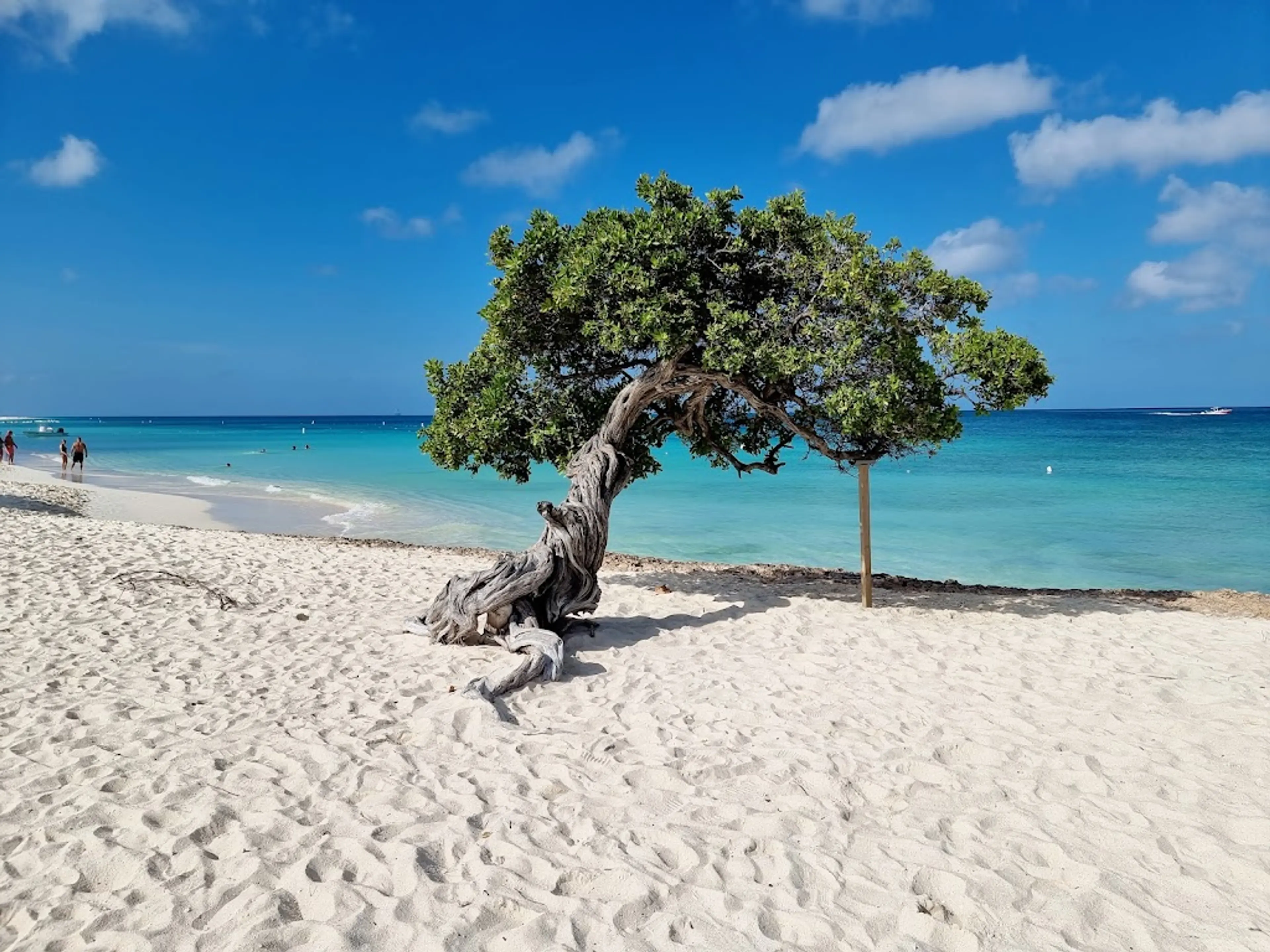
6Eagle Beach
One of the most beautiful beaches in the world, known for its soft white sand and clear turquoise water.
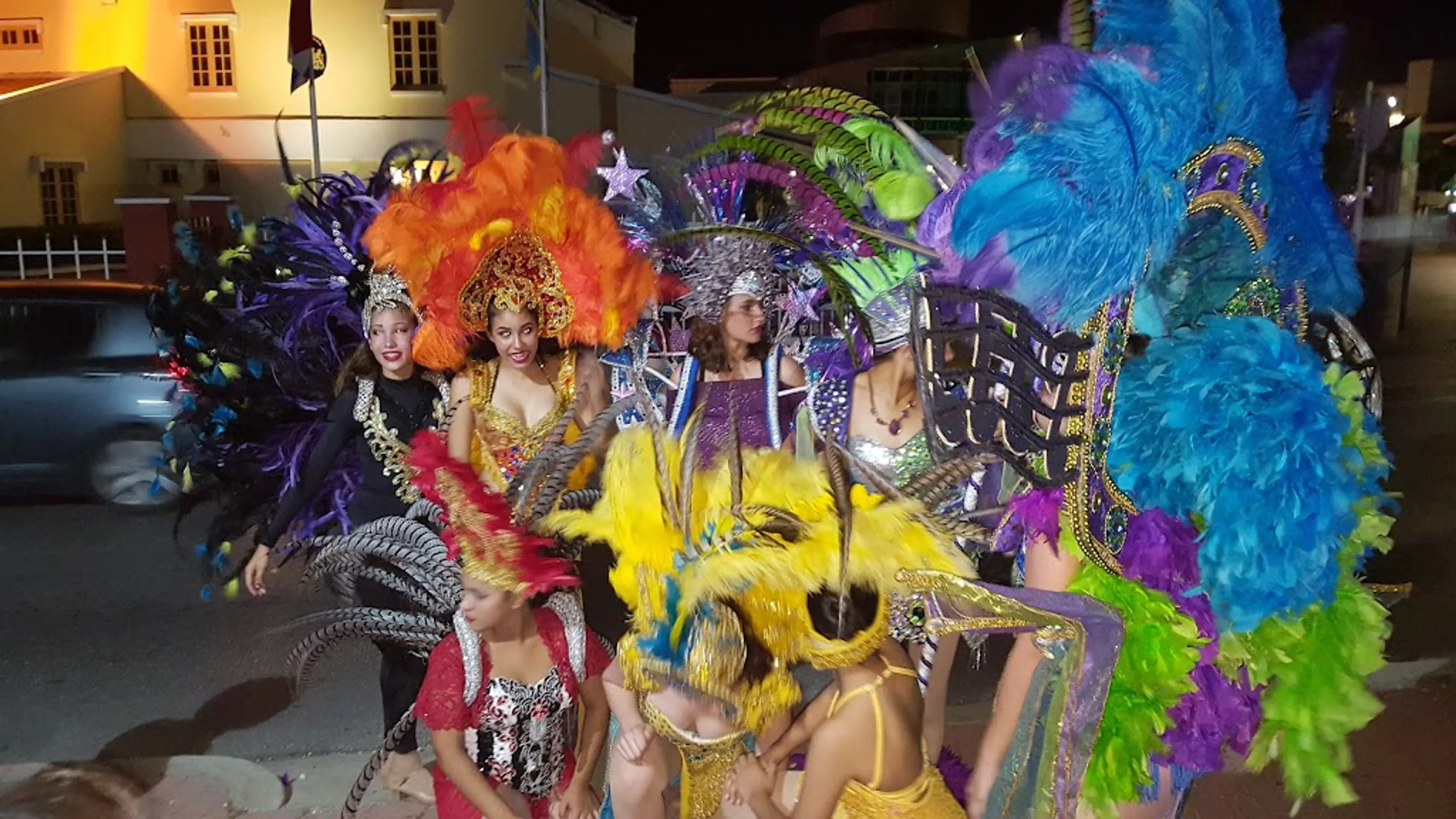
7Bon Bini Festival
A weekly folkloric music and dance festival showcasing the culture of Aruba.
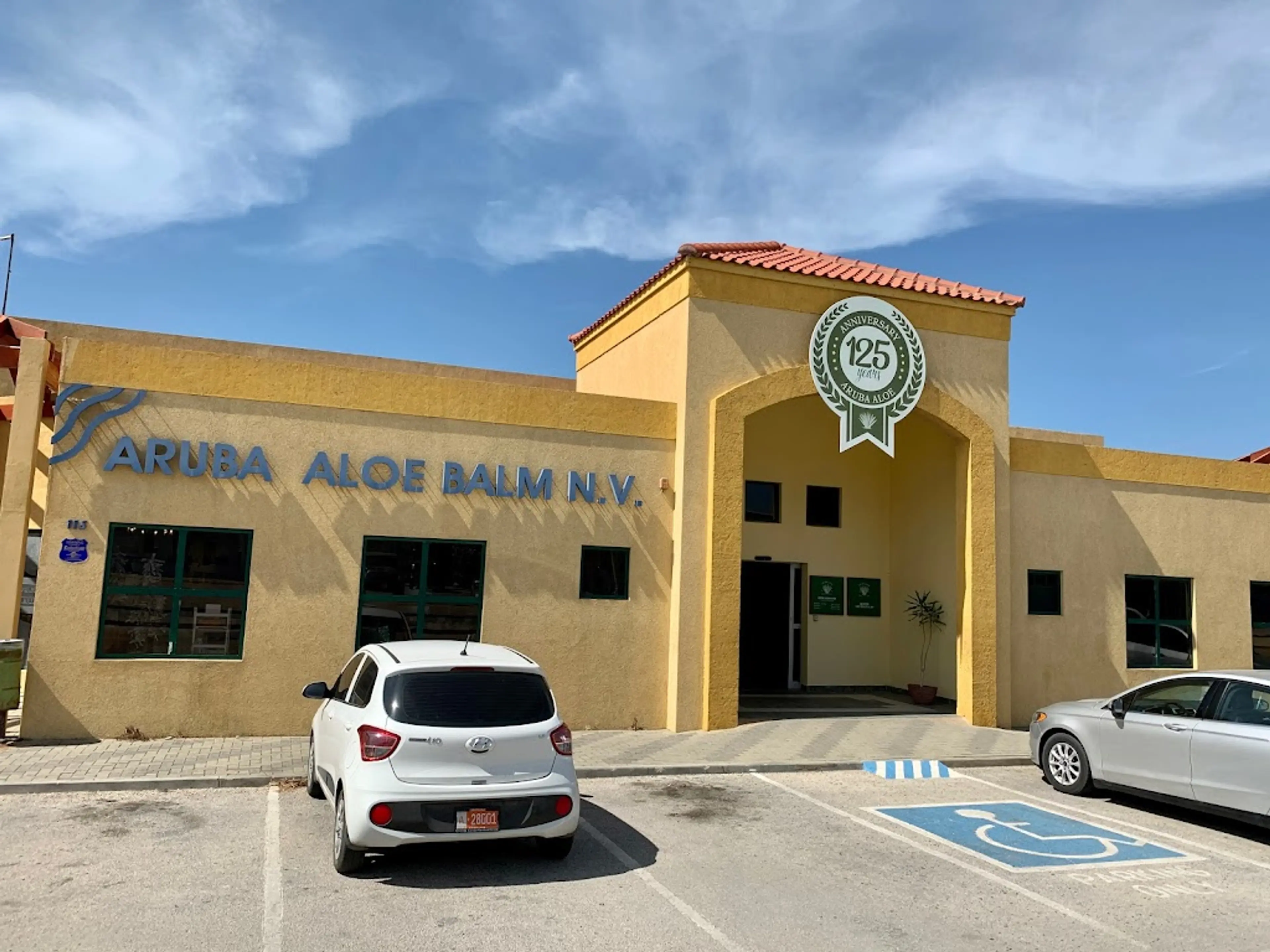
8Aruba Aloe Factory
A tour showcasing the production of aloe-based products.
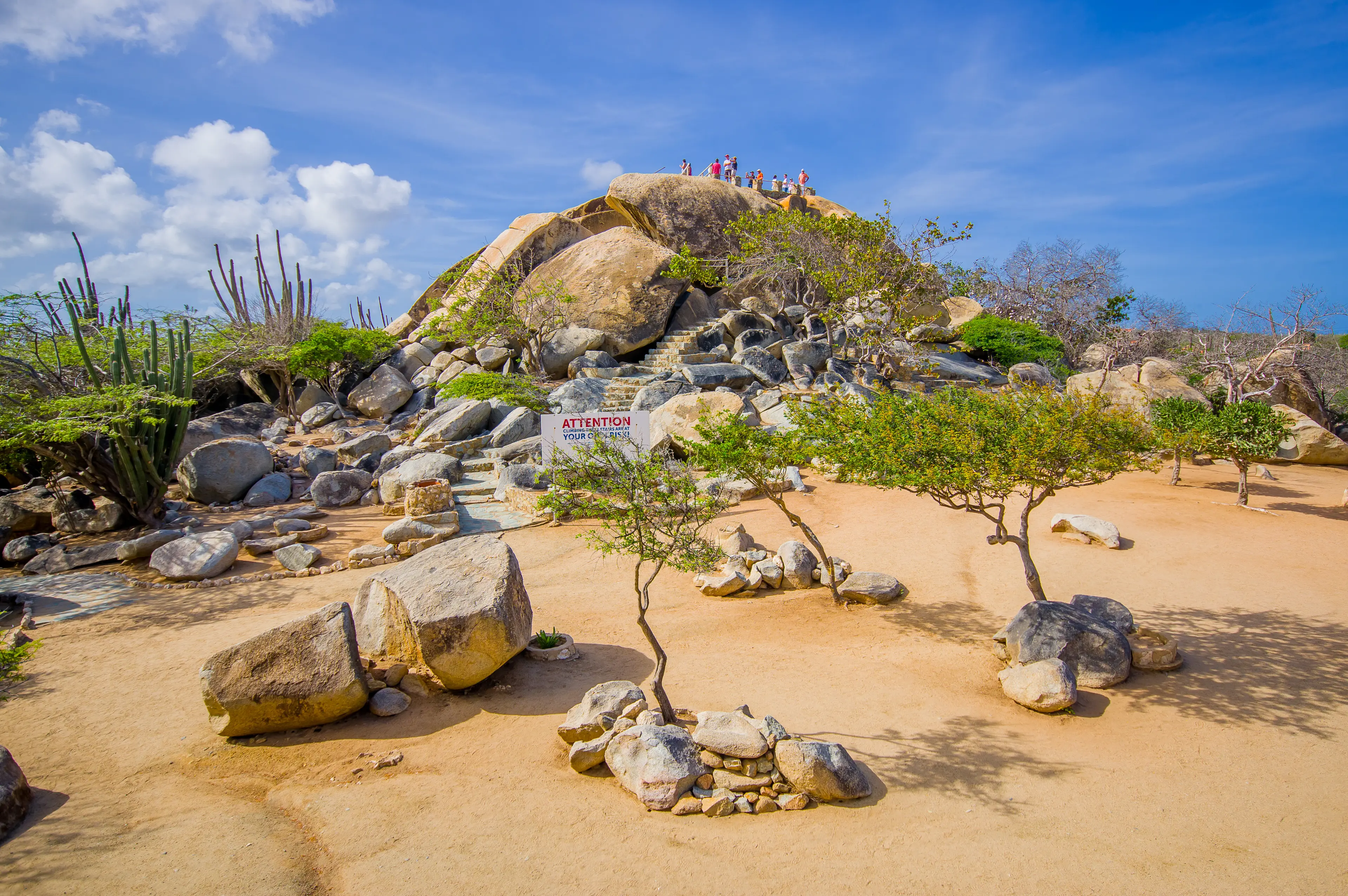
9Casibari Rock Formations
A collection of huge tonalite rocks that you can climb for a great view of the island.
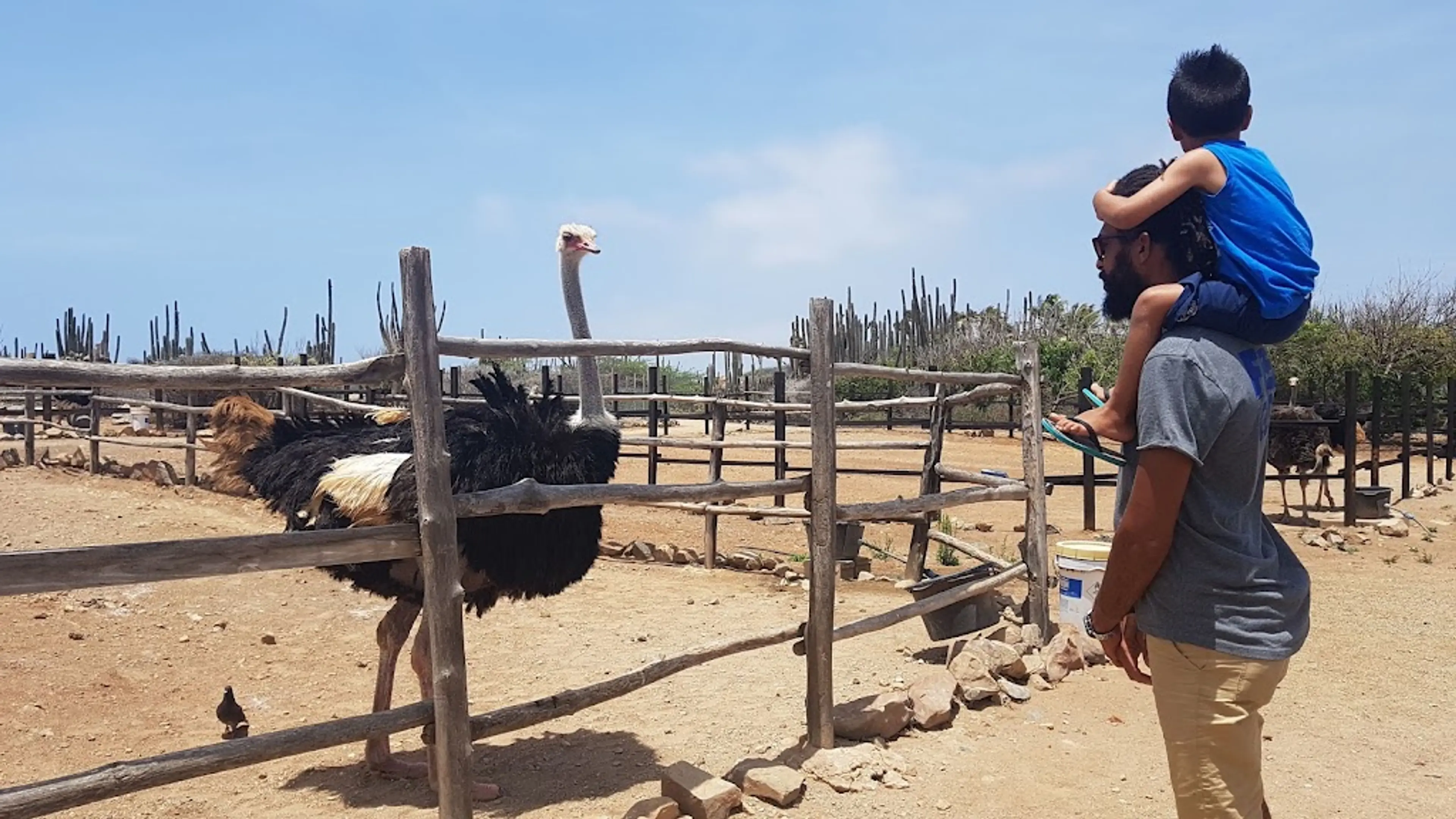
10Aruba Ostrich Farm
A farm where visitors can learn about, feed, and interact with ostriches and emus.
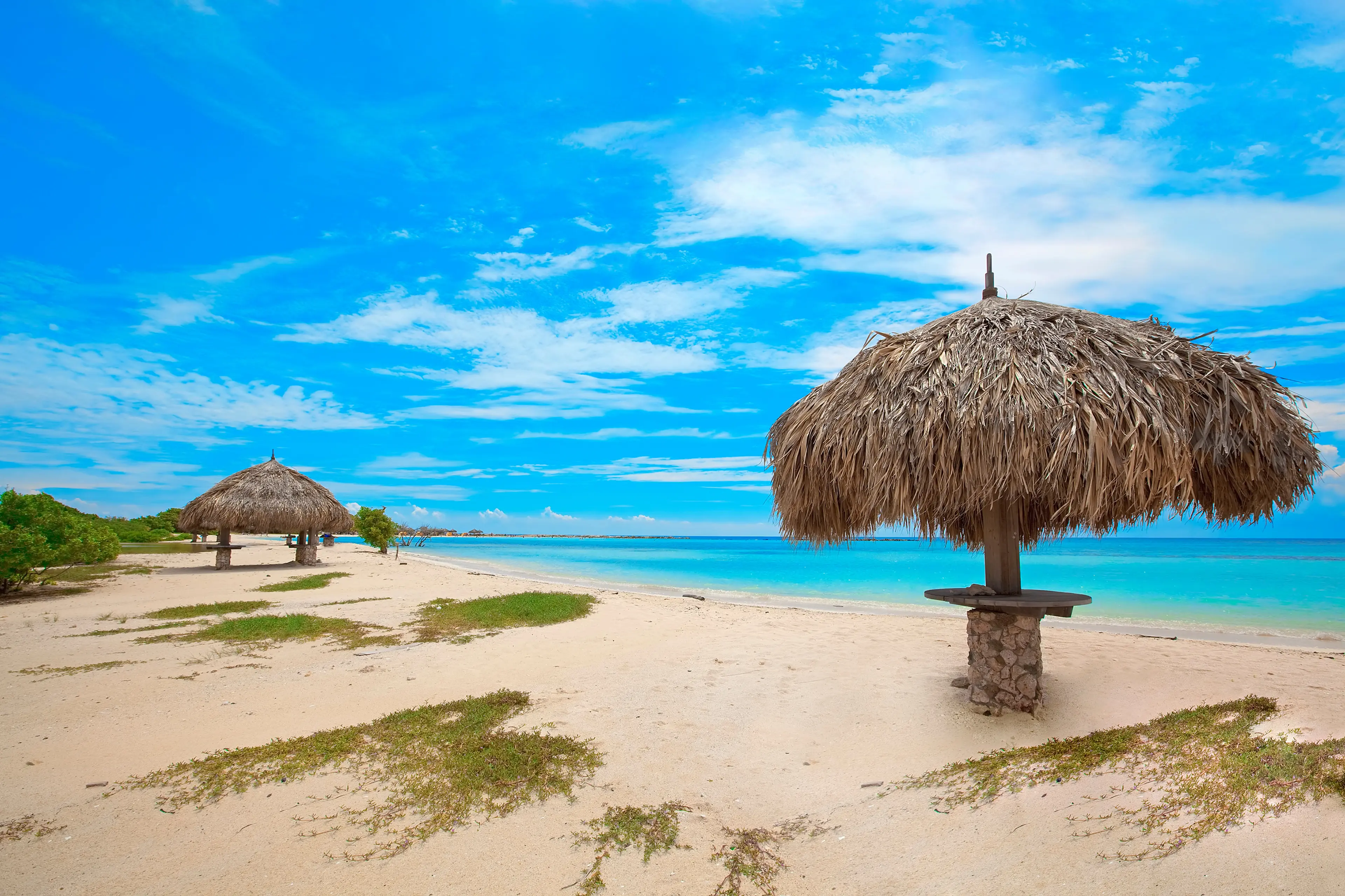
11Baby Beach
A shallow, sheltered man-made lagoon located in Seroe Colorado, perfect for families with small children.
Local Food and Drinks (12)

Keshi Yena
A traditional Aruban dish, Keshi Yena is a stuffed cheese dish often filled with chicken, beef, or seafood. It's a testament to Aruba's history, as it was often made by slaves using the leftover rinds of Dutch cheese.
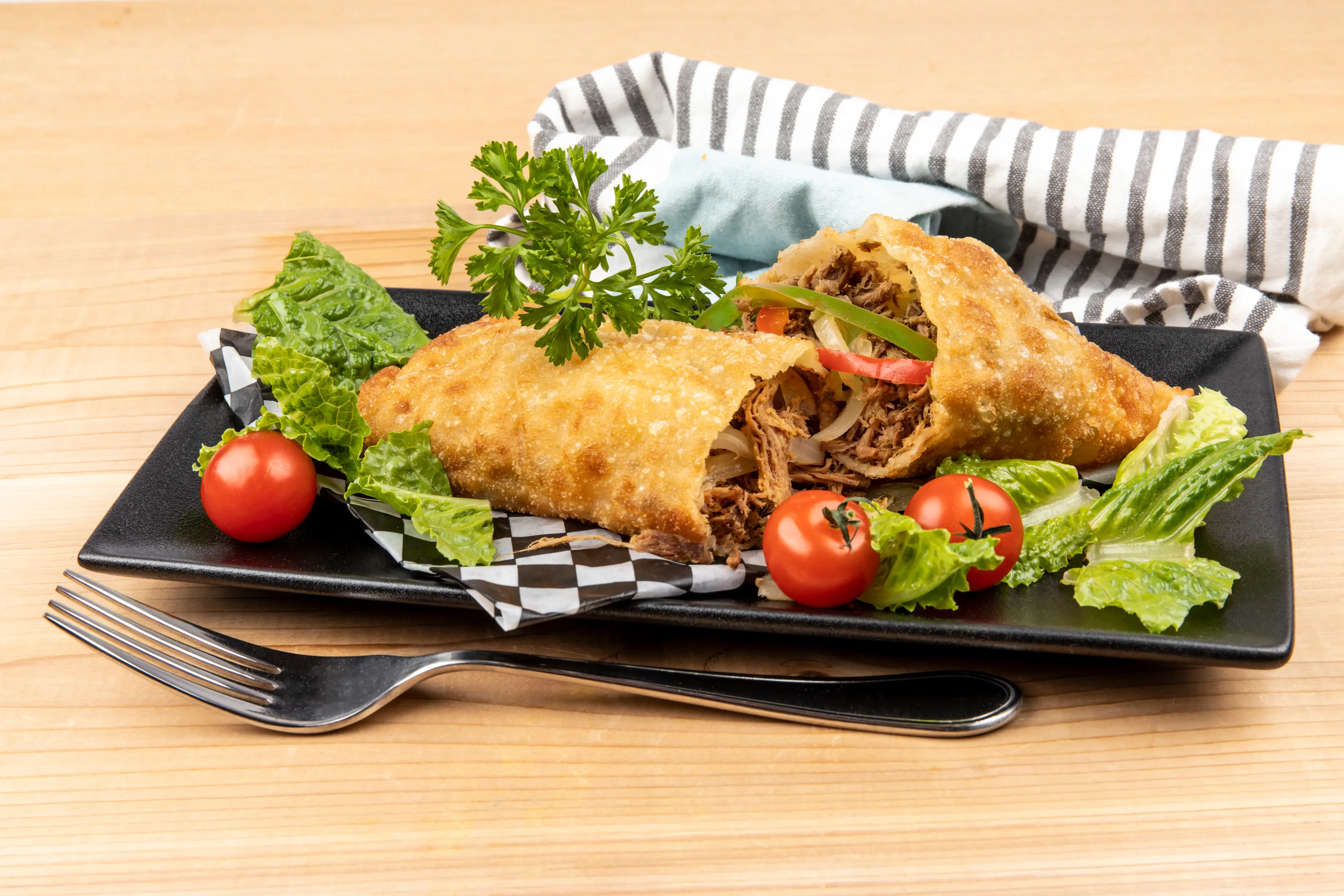
Pasteishi
Pasteishi is a popular Aruban pastry filled with spiced meat. It's a common snack or appetizer in Aruba, reflecting the island's love for flavorful and hearty foods.

Pan Bati
Pan Bati, or 'beaten bread', is a sweet, cornmeal-based bread that's a staple in Aruban cuisine. It's often served alongside main dishes, showcasing the importance of bread in Aruban meals.
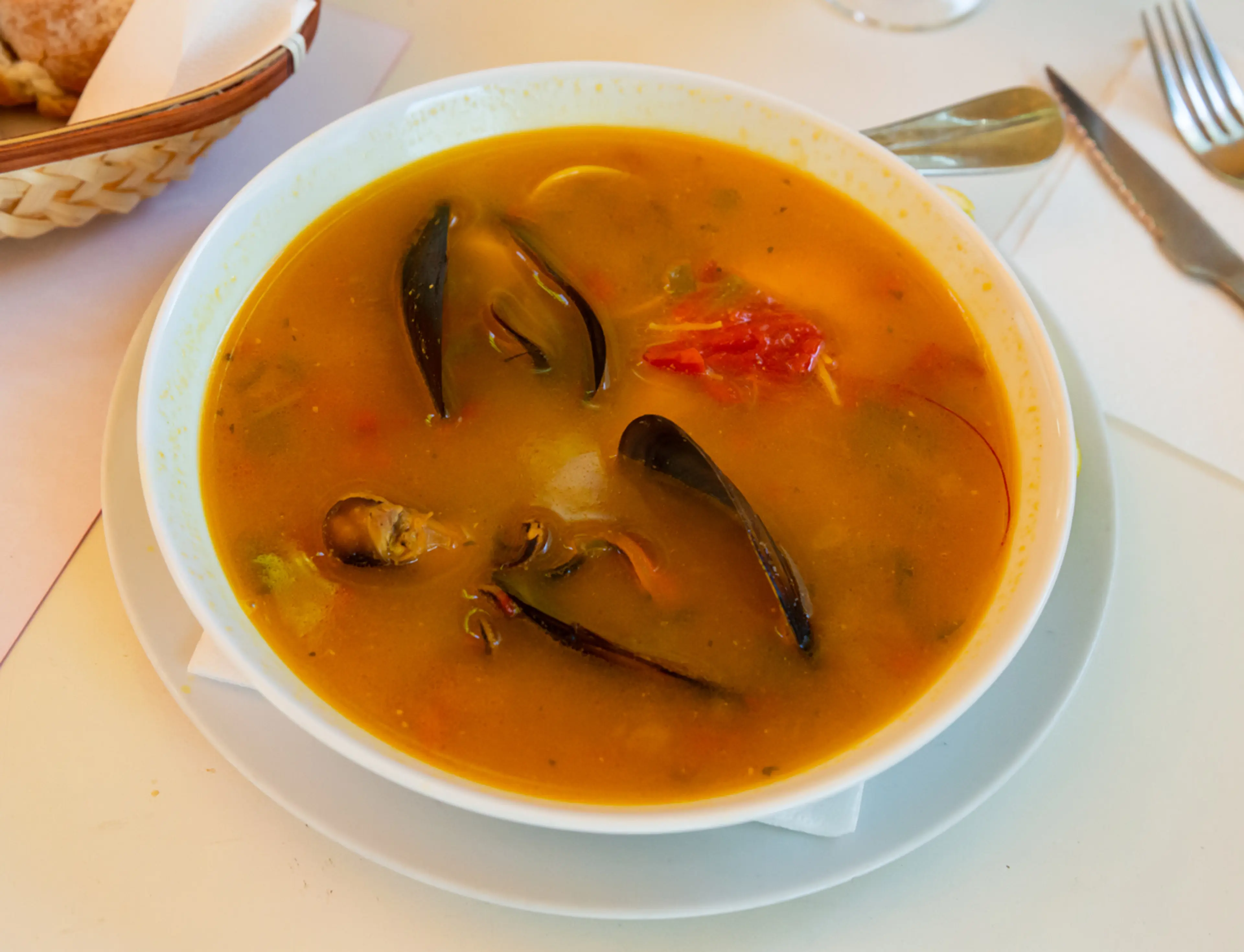
Aruban Seafood Soup
A hearty soup made with fresh local seafood, Aruban Seafood Soup is a delicious representation of Aruba's rich marine resources.
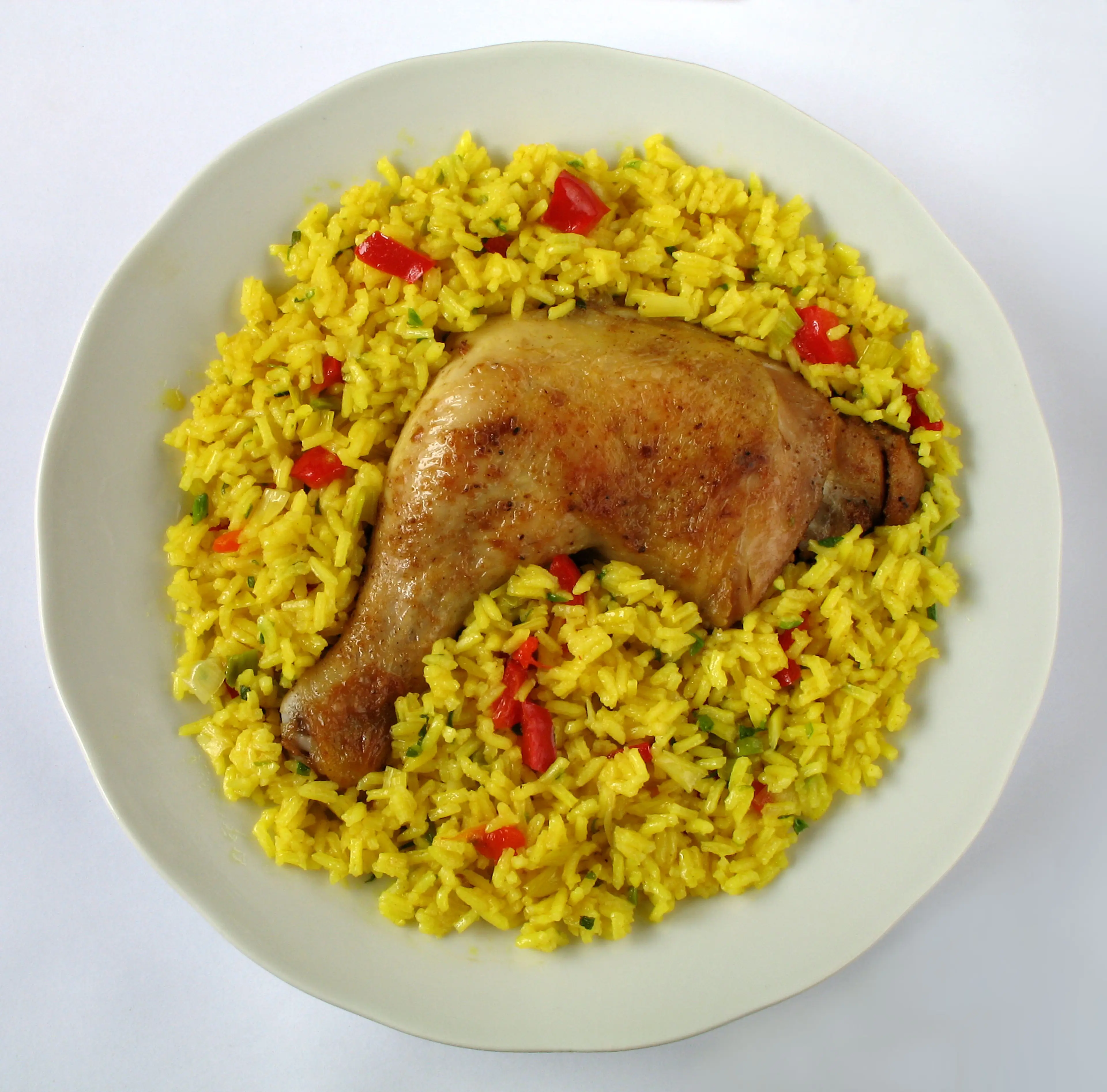
Arroz con Pollo
Arroz con Pollo, or chicken with rice, is a popular dish in Aruba. It's a flavorful combination of chicken, rice, and vegetables, reflecting the island's Spanish influences.

Stoba
Stoba is a traditional Aruban stew made with goat meat, beef, or chicken. It's a hearty and comforting dish that showcases the island's love for slow-cooked meals.
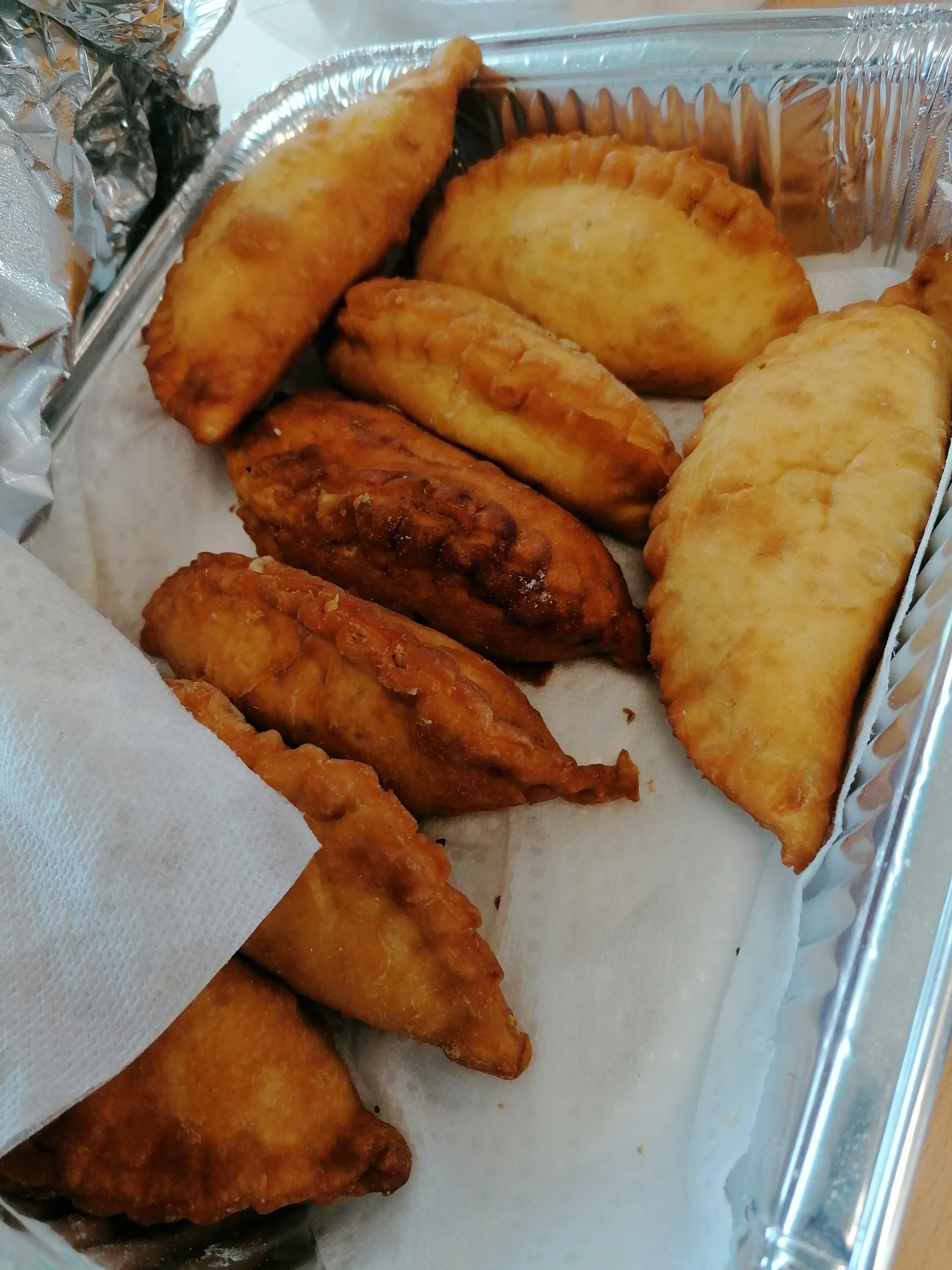
Pastechi
Pastechi is a deep-fried pastry filled with cheese, meat, or seafood. It's a popular snack in Aruba, often enjoyed for breakfast or as a midday treat.
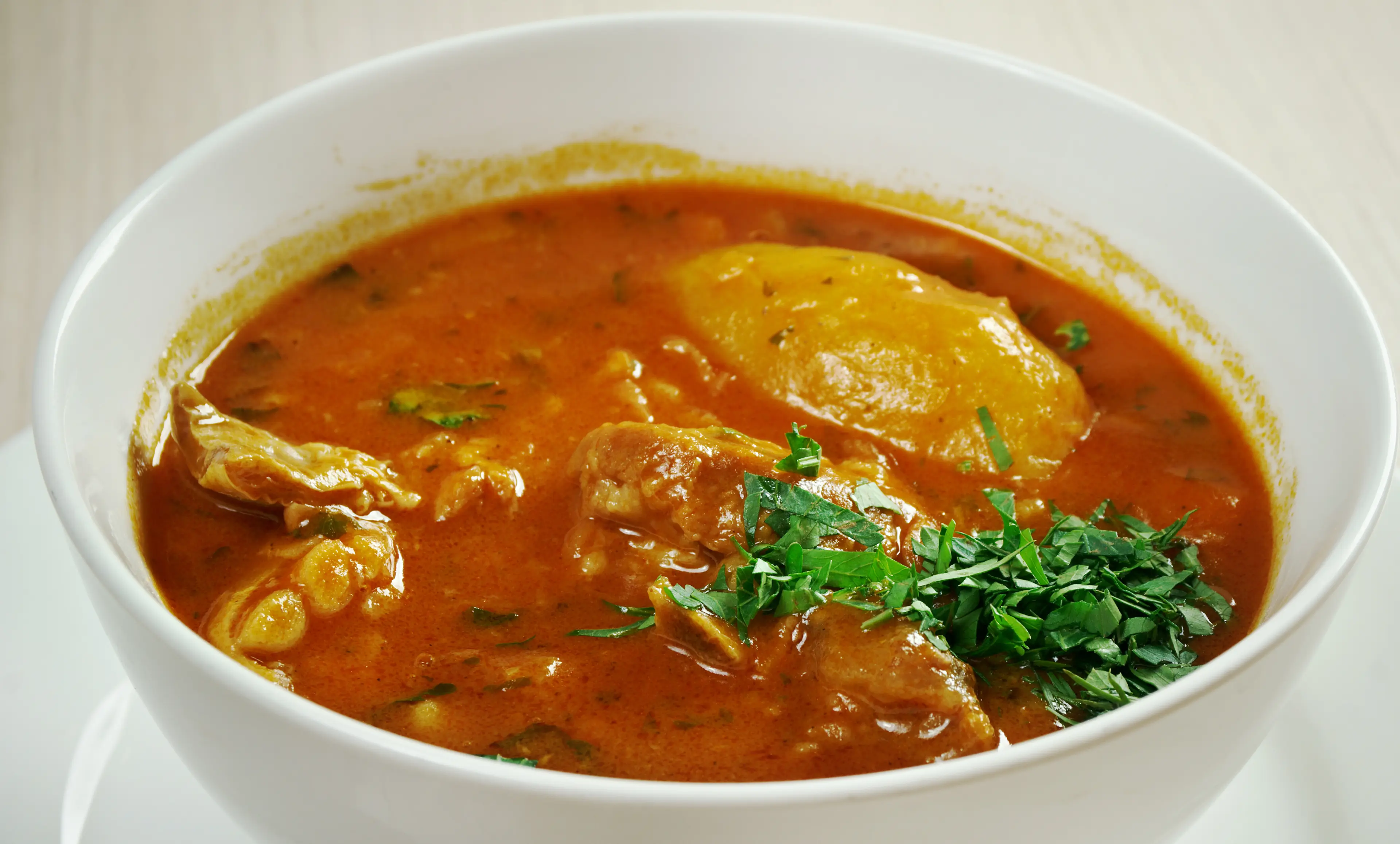
Calco Stoba
Calco Stoba is a traditional Aruban dish made with conch meat. It's a delicious representation of Aruba's rich marine resources and the island's love for seafood.

Balashi Beer
Balashi Beer is a locally brewed beer in Aruba. It's a light, refreshing lager that's a favorite among locals and tourists alike, showcasing the island's brewing traditions.

Coecoei
Coecoei is a red liqueur made from rum and sugarcane, unique to Aruba. It's a key ingredient in the island's signature cocktail, the Aruba Ariba.
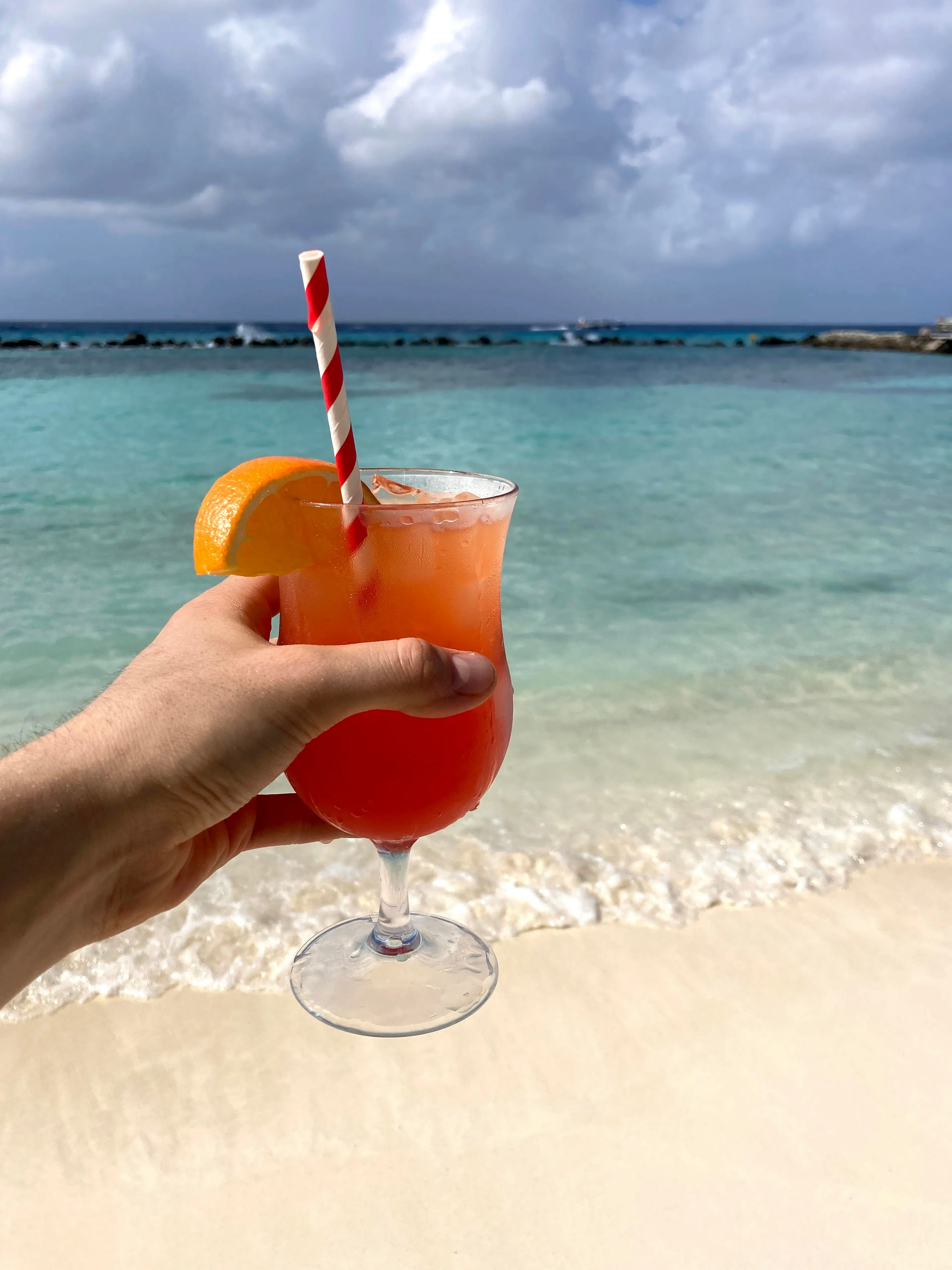
Aruba Ariba
Aruba Ariba is a fruity cocktail made with vodka, rum, Coecoei, and a mix of fruit juices. It's a popular drink in Aruba, often enjoyed on the beach.
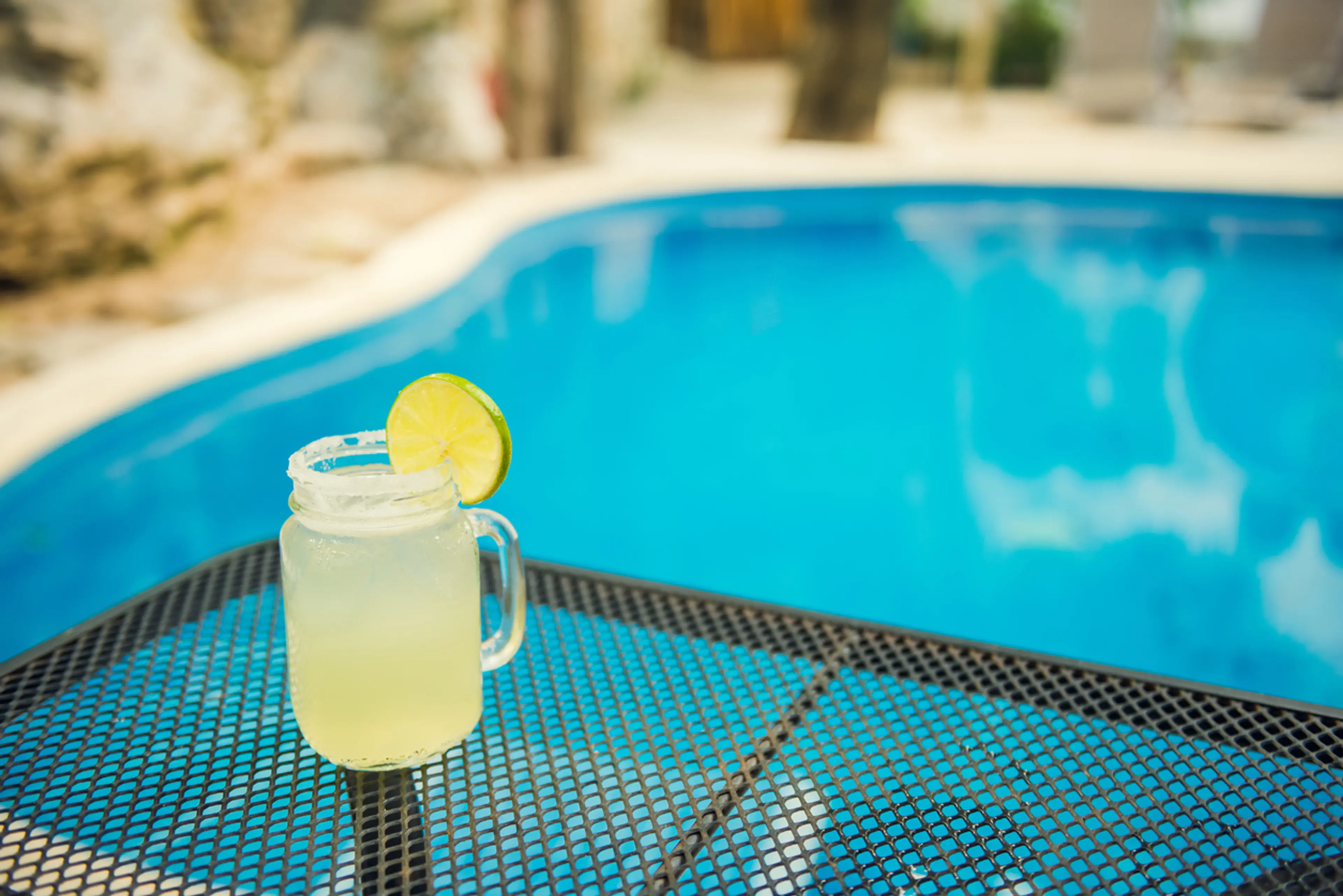
Awa di Lamunchi
Awa di Lamunchi is a traditional Aruban lemonade made with limes. It's a refreshing drink that's a favorite among locals, especially during the hot summer months.
Best time to visit
The best time to visit Aruba as a tourist is from April to August. This is considered the off-peak season, so you'll find less crowds and lower prices on accommodations. The weather in Aruba is consistently warm and dry throughout the year, so even during off-peak times, you can still enjoy the beautiful beaches and outdoor activities. However, if you want to experience Aruba's Carnival, you should visit between January and March.
How to get around
Rental Car
Aruba has several car rental companies, offering a variety of vehicles from compact cars to SUVs. This is a great option for those who want the freedom to explore the island at their own pace. Remember to drive on the right-hand side of the road in Aruba.
Taxi
Taxis are readily available throughout the island. They do not use meters, instead, fares are set by the Aruba Department of Public Traffic. Taxis can be hailed on the street or ordered by phone.
Public Bus
Aruba's public bus system, Arubus, operates from 5:30 am to 6:00 pm with some routes running as late as 11:30 pm. Buses run between all major towns and resorts. This is a cost-effective way to travel around the island.
Bicycle
Aruba's flat terrain makes it perfect for cycling. Many hotels offer bicycle rentals, and there are also several dedicated bike rental companies. This is a great way to explore the island's natural beauty at a leisurely pace.
Scooter/Moped
Renting a scooter or moped is a fun way to get around Aruba. It's a popular choice for those wanting to explore the island's attractions independently. Remember to wear a helmet and follow local traffic laws.
Ridesharing
Aruba does not currently have Uber or Lyft, but it does have a local ridesharing app called Driven. This app works similarly to other ridesharing services, allowing you to book a ride directly from your smartphone.
Private Transfer
For a more luxurious experience, consider booking a private transfer. This could be a limousine, private car, or even a private bus for larger groups. This is a great option for airport transfers or special occasions.
Foot
Many of Aruba's attractions are within walking distance, especially in the main tourist areas like Oranjestad and Palm Beach. Walking is a great way to take in the sights and sounds of the island.
Water Taxi
In certain areas, such as between the Renaissance Marina and Renaissance Island, water taxis are used. This is a unique and scenic way to travel.
Important information
Currency AWG
Time zoneUTC-4
Driving sideRight
Emergency phone911
Drinking waterYes
Power sockets
Voltage120 V
Things to know about Aruba as a first time visitor
1
Aruba is located in the Caribbean Sea, just north of Venezuela.
2
The official languages are Dutch and Papiamento, but English and Spanish are widely spoken.
3
The local currency is the Aruban Florin, but US dollars are widely accepted.
4
Aruba has a dry climate and is outside the hurricane belt, making it a year-round destination.
5
The island is known for its strong trade winds, which make it a popular spot for windsurfing.
6
The average temperature is around 82°F (28°C), but can reach up to 90°F (32°C) in the summer.
7
Aruba is a constituent country of the Kingdom of the Netherlands, so the culture is a blend of Caribbean, Latin American, and Dutch influences.
8
Tipping is customary in Aruba, with 15-20% being the standard rate.
9
The tap water in Aruba is safe to drink, as it is sourced from a modern desalination plant.
10
Aruba has a low crime rate, but it's still important to take standard precautions, such as not leaving valuables unattended.
11
Driving is on the right-hand side of the road, and international driving licenses are accepted.
12
The island is small, so it's easy to get around by car, taxi, or public bus.
13
Aruba's electricity standard is 120V/60Hz, which is the same as the US and Canada.
14
The island is known for its eco-friendly initiatives, so try to minimize your environmental impact during your visit.
15
Sunscreen is a must, as the sun can be very strong, even on cloudy days.
16
Casual beachwear is acceptable during the day, but some restaurants and casinos require more formal attire in the evening.
17
Aruba has a high standard of healthcare, with a modern hospital and several pharmacies.
18
The island is home to a variety of wildlife, including iguanas, parakeets, and the Aruban burrowing owl.
19
Aruba has a vibrant nightlife, with numerous bars, clubs, and casinos.
20
The island is known for its local cuisine, which includes dishes like keshi yena (stuffed cheese) and pastechi (meat pastries).
Basic Dutch to know as a first time visitor
English phrase | Native phrase | Pronunciation | When to use it |
|---|---|---|---|
Hello | Bon dia | Bon dee-ah | Greeting someone during the day |
Good evening | Bon nochi | Bon noh-chee | Greeting someone in the evening |
Goodbye | Ayo | Ah-yo | Saying goodbye |
Thank you | Danki | Dahn-kee | Expressing gratitude |
You're welcome | Di nada | Dee nah-dah | Responding to 'thank you' |
Please | Por favor | Por fah-vor | Making a polite request |
Yes | Si | See | Affirming or agreeing |
No | No | No | Disagreeing or denying |
Excuse me | Disculpa | Dis-kool-pah | Getting attention or apologizing |
I'm sorry | Mi ta lamenta | Mee tah lah-men-tah | Apologizing |
Do you speak English? | Bo ta papia Ingles? | Boh tah pah-pee-ah Ingles? | Asking if someone speaks English |
I don't understand | Mi no ta compronde | Mee noh tah com-pron-deh | Expressing difficulty in understanding |
Where is...? | Unda ta...? | Oon-dah tah...? | Asking for directions |
How much does this cost? | Cuanto e ta costa? | Kwan-toh eh tah kos-tah? | Asking for the price of something |
Can I have the bill, please? | Por tin e cuenta, por favor? | Por teen eh kwen-tah, por fah-vor? | Asking for the bill in a restaurant |
I need help | Mi mester ayudo | Mee mes-ter ah-yoo-doh | Asking for help |
Bathroom | Baño | Bah-nyo | Asking for the restroom |
Water | Awa | Ah-wah | Asking for water |
Food | Cuminda | Koo-min-dah | Talking about food |
Cheers | Salud | Sah-lood | Making a toast |
Packing List
Clothing
Underwear (5 pairs)
Socks (5 pairs)
T-shirts (5)
Shorts (2 pairs)
Long pants/jeans (1 pair)
Swimwear (2)
Lightweight jacket
Sleepwear
Sandals/Flip-flops
Walking shoes
Hat/Cap for sun protection
Sunglasses
Beach cover-up
Toiletries
Toothbrush and toothpaste
Deodorant
Shampoo and conditioner
Body wash/soap
Razor and shaving cream
Sunscreen
After-sun lotion
Insect repellent
Makeup and makeup remover
Hairbrush/comb
Prescription medications
First-aid kit
Travel documents and essentials
Passport/ID
Airline tickets
Hotel reservation confirmation
Travel insurance documents
Credit and debit cards
Cash (in local currency)
Guidebook/map
Emergency contacts and important addresses
Electronics and gadgets
Smartphone
Charger for smartphone
Headphones
Camera
Charger for camera
Power adapter/converter
Portable power bank
Miscellaneous items
Snacks
Reusable water bottle
Travel pillow and blanket
Books/magazines for entertainment
Travel-size laundry detergent
Ziplock bags
Beach bag
Beach towel
Snorkeling gear
Weather Conditions
Aruba, known for its year-round warm and sunny weather, is a great destination for tourists. The average temperature is around 82°F (28°C), but it can occasionally reach up to 90°F (32°C) during the day. At night, it cools down to approximately 76°F (24°C). Aruba is located outside the hurricane belt, which means it's less likely to be affected by tropical storms and hurricanes that can hit other Caribbean islands. However, it's always a good idea to check the weather forecast before your trip, just to be safe. The island experiences a relatively dry climate, with the rainy season typically occurring between October and January. Even during this period, showers are usually brief and won't significantly disrupt your plans. When packing for your trip to Aruba, light, breathable clothing is recommended due to the warm climate. Don't forget your sunscreen, as the UV index can be high, especially between 10 am and 4 pm. Despite the warm temperatures, the constant trade winds can make it feel cooler than it actually is, so a light jacket or wrap might be useful for evenings. These winds also make Aruba a popular destination for wind and kite surfing. Remember to stay hydrated, especially if you're planning on being active or spending a lot of time in the sun. The heat can be deceptive due to the cooling effect of the trade winds. In conclusion, Aruba's weather is generally pleasant and sunny, making it an ideal destination for beach lovers and outdoor enthusiasts. However, always check the local weather forecast before your trip and pack accordingly.
| Month | Hi / Lo (°C) | Weather Overview |
|---|---|---|
January | 31° / 24° | January is a great time to visit Aruba with warm temperatures and low rainfall. The average temperature ranges from 24°C to 31°C. |
February | 31° / 24° | February is a perfect month for beach activities in Aruba with temperatures ranging from 24°C to 31°C. It's also the driest month, making it ideal for outdoor exploration. |
March | 32° / 25° | March offers warm weather with temperatures between 25°C and 32°C. It's a great time for water sports and exploring the island's natural beauty. |
April | 33° / 26° | April is a warm month in Aruba with temperatures ranging from 26°C to 33°C. It's a great time to enjoy the island's beaches and outdoor activities. |
May | 34° / 27° | May is the start of the hot season in Aruba with temperatures ranging from 27°C to 34°C. It's a great time to enjoy the beach and water activities. |
June | 34° / 27° | June is a hot month in Aruba with temperatures ranging from 27°C to 34°C. It's a great time to enjoy the beach and water activities. |
July | 34° / 27° | July is a hot month in Aruba with temperatures ranging from 27°C to 34°C. It's a great time to enjoy the beach and water activities. |
August | 34° / 27° | August is a hot month in Aruba with temperatures ranging from 27°C to 34°C. It's a great time to enjoy the beach and water activities. |
September | 34° / 27° | September is a hot month in Aruba with temperatures ranging from 27°C to 34°C. It's a great time to enjoy the beach and water activities. |
October | 34° / 27° | October is a hot month in Aruba with temperatures ranging from 27°C to 34°C. It's a great time to enjoy the beach and water activities. |
November | 33° / 26° | November is a warm month in Aruba with temperatures ranging from 26°C to 33°C. It's a great time to enjoy the beach and water activities. |
December | 32° / 25° | December offers warm weather with temperatures between 25°C and 32°C. It's a great time for water sports and exploring the island's natural beauty. |
Did you know?
Places near by Aruba
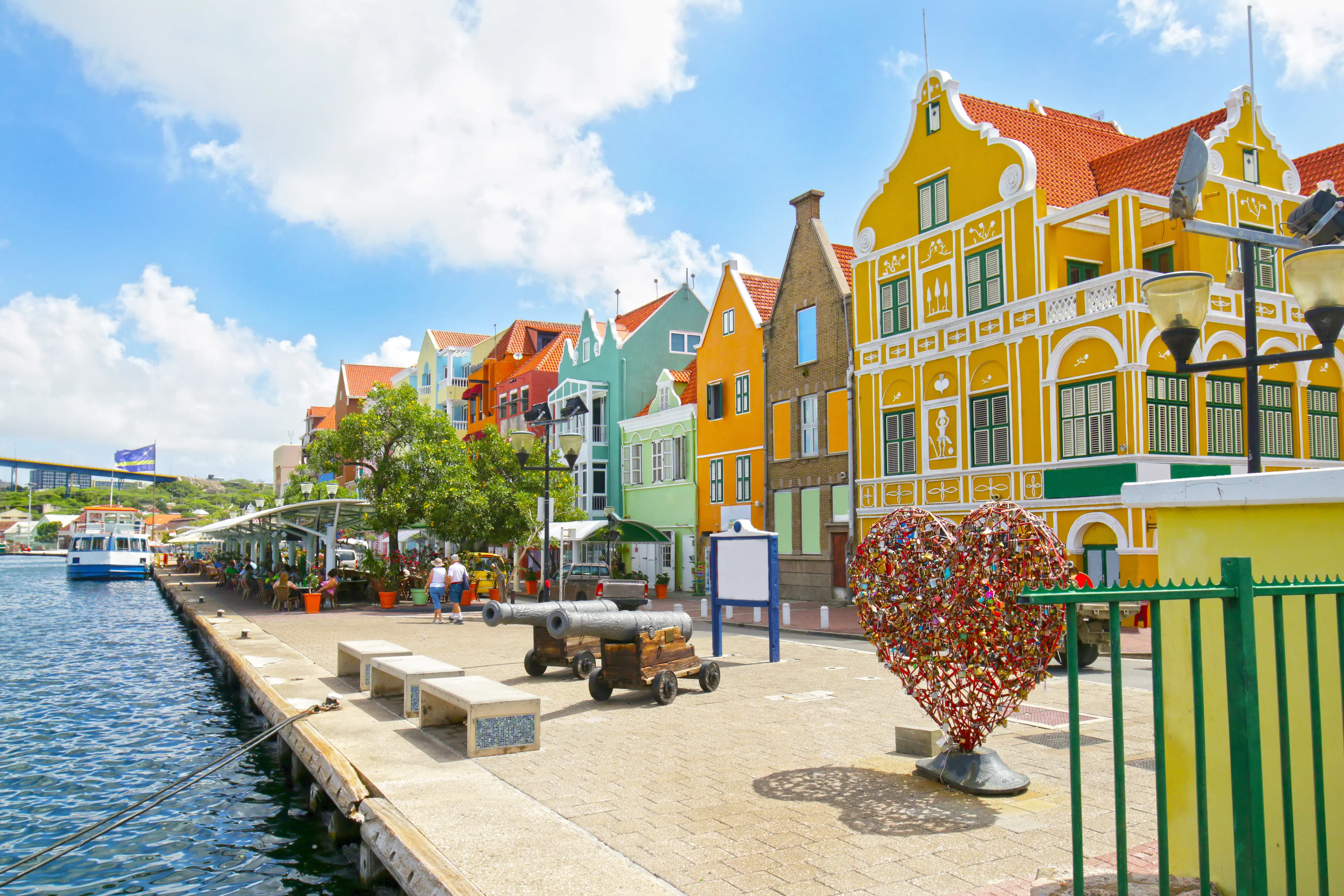
Curacao
A beautiful island known for its beaches tucked into coves and its expansive coral reefs rich with marine life.
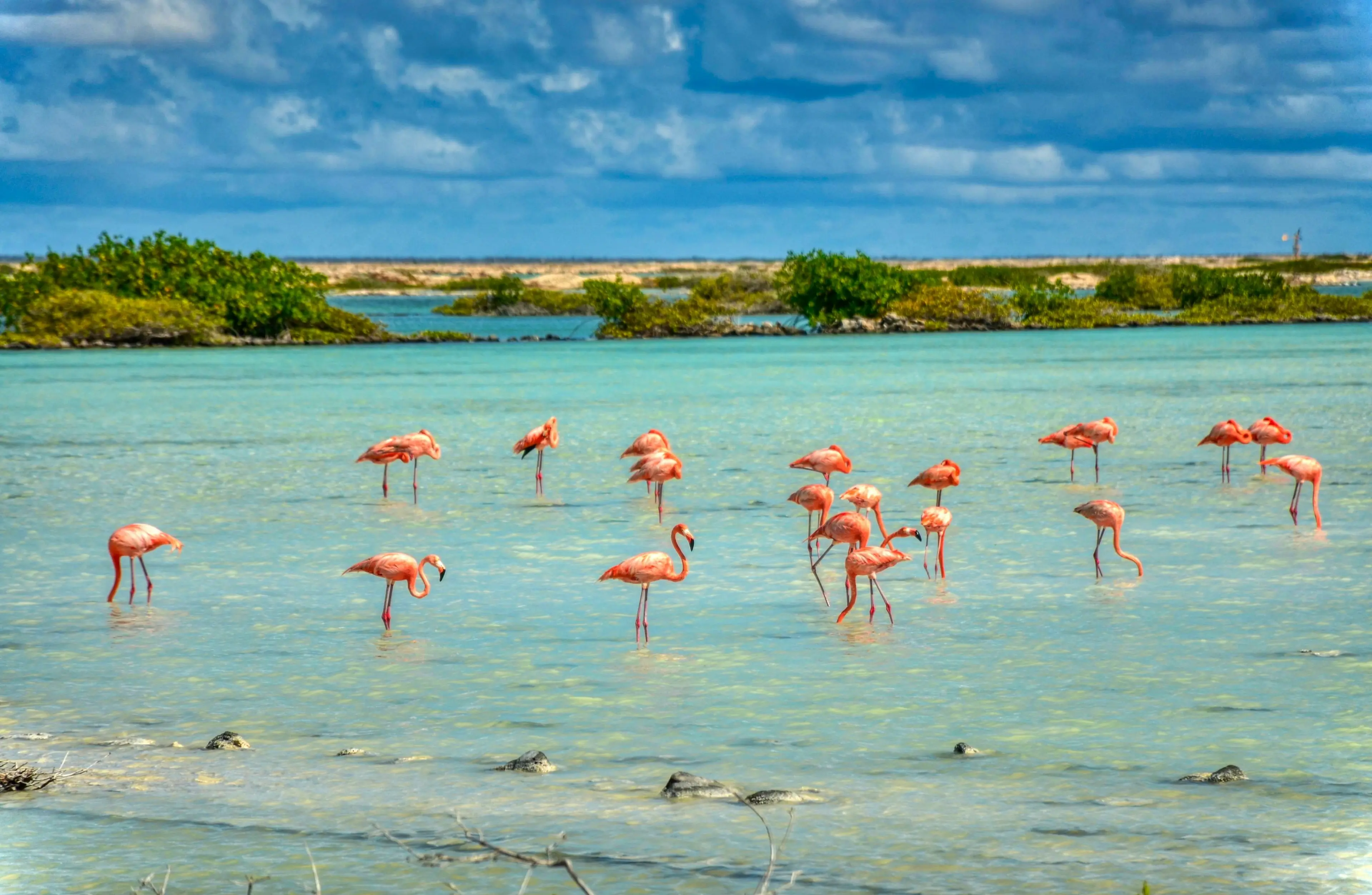
Bonaire
An island municipality of the Netherlands, famous for its pioneering role in the preservation of nature, in particular the preservation of the marine environment.
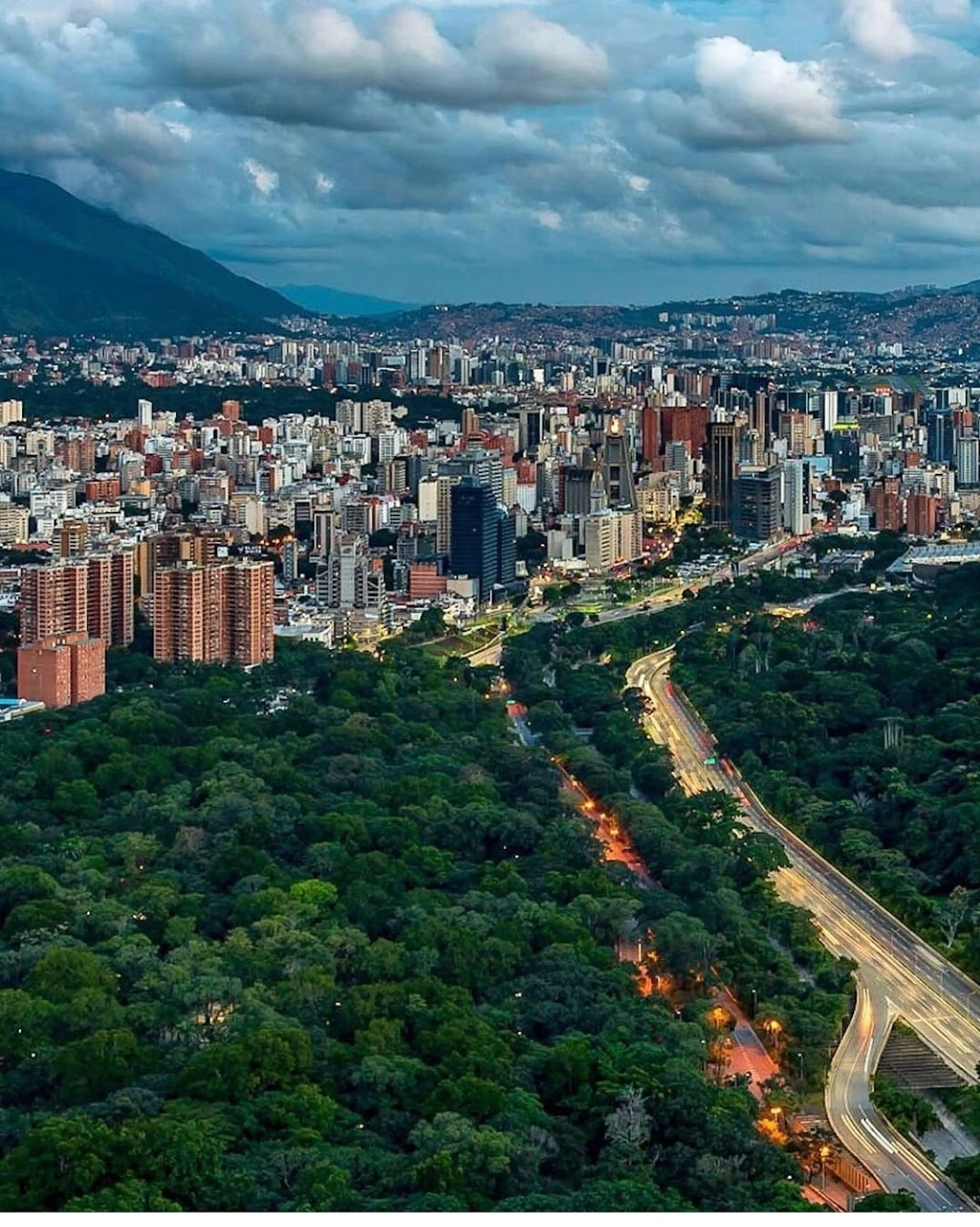
Venezuela
A country on the northern coast of South America with diverse natural attractions.
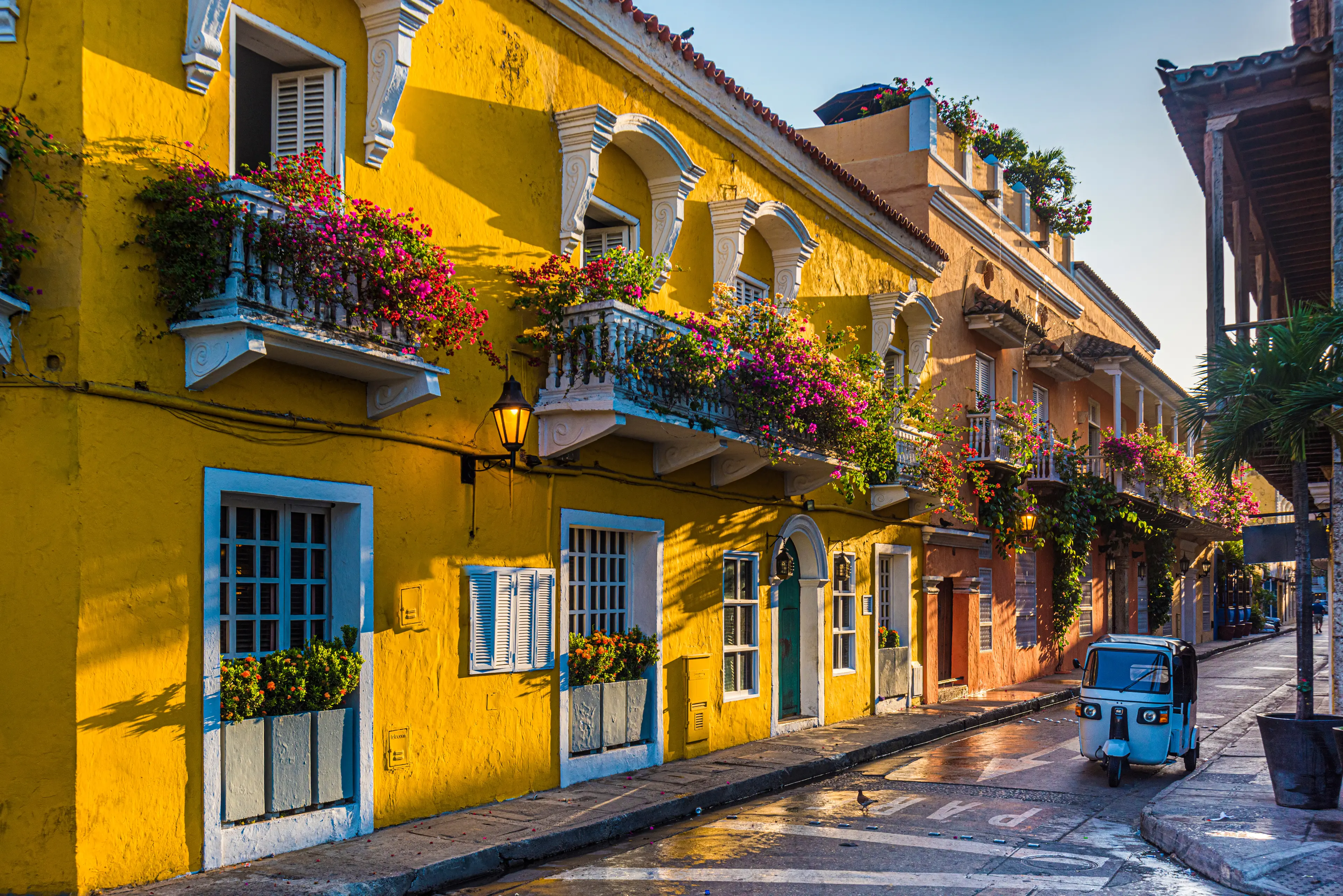
Cartagena
A beautiful city on Colombia's Caribbean coast, known for its old town, a UNESCO World Heritage site.

Panama City
The capital of Panama, known for its modern skyline, colonial old town, and the famous Panama Canal.
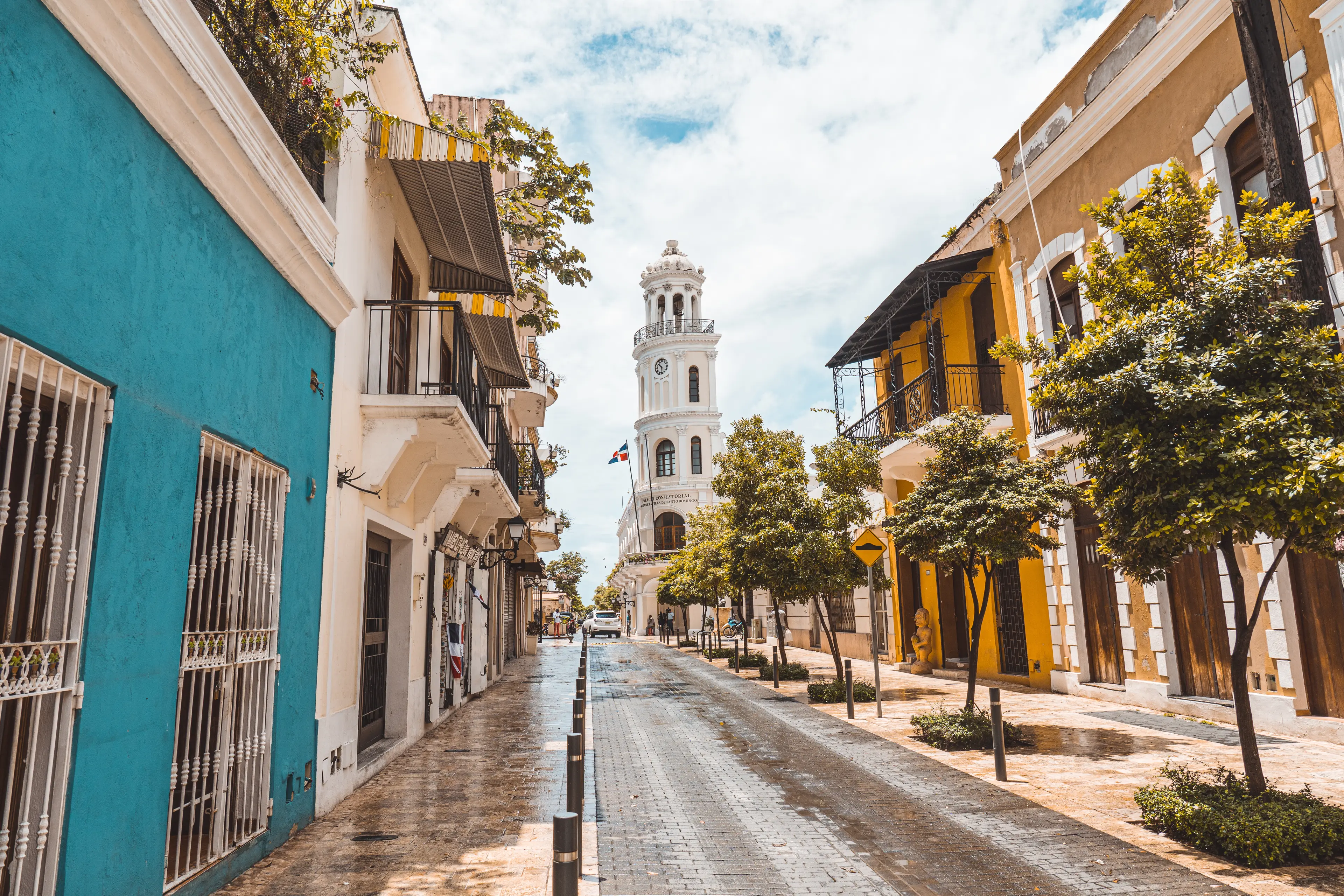
Santo Domingo
The capital of the Dominican Republic, known for its Spanish colonial architecture and vibrant cultural scene.

